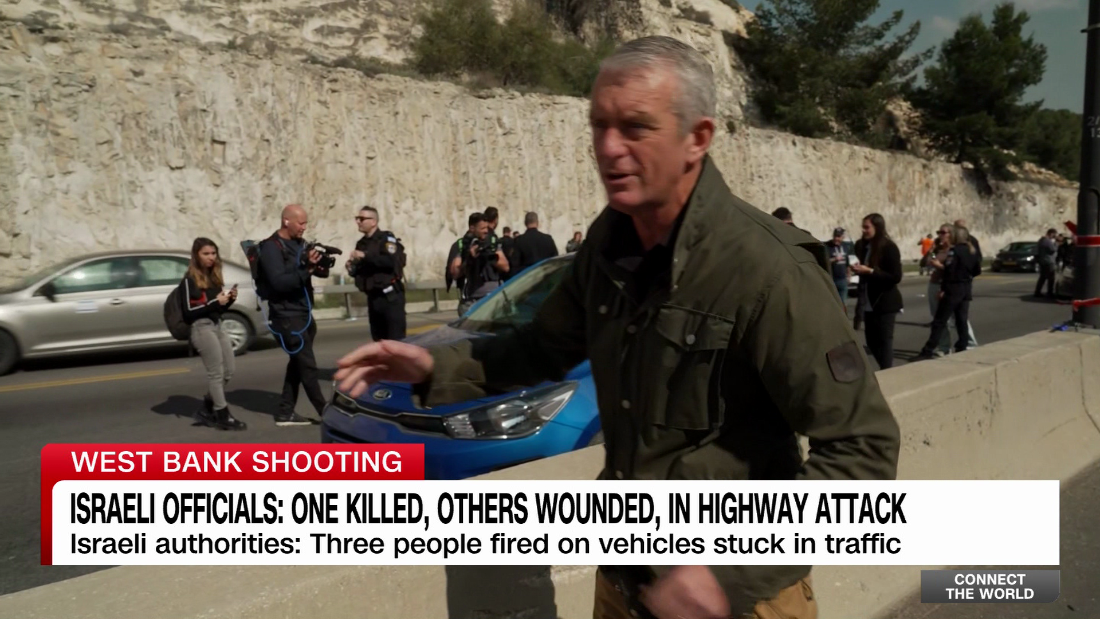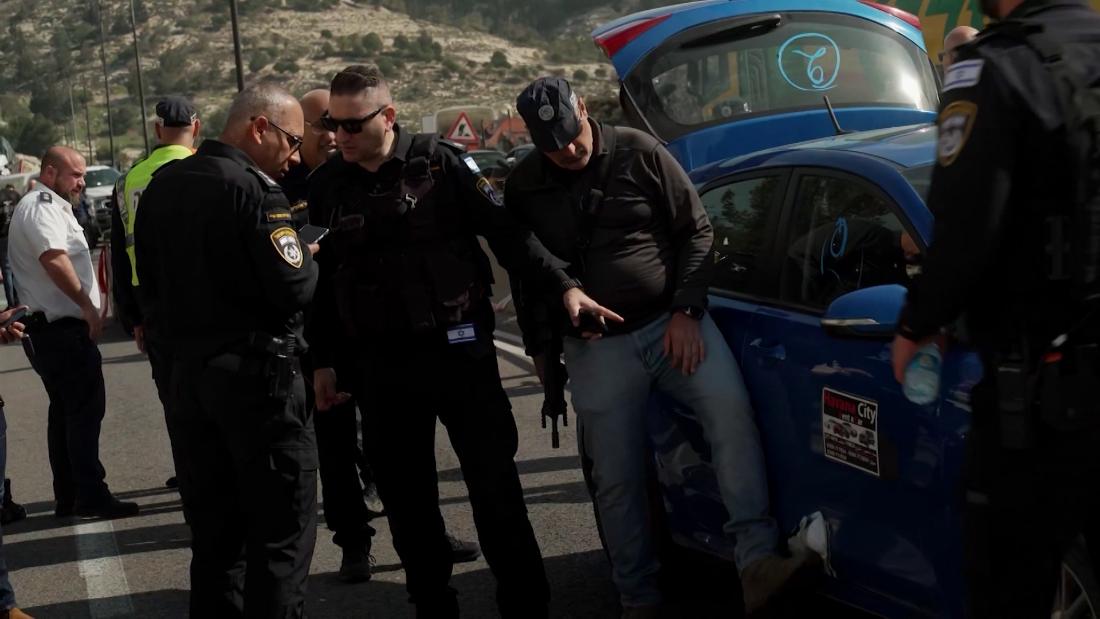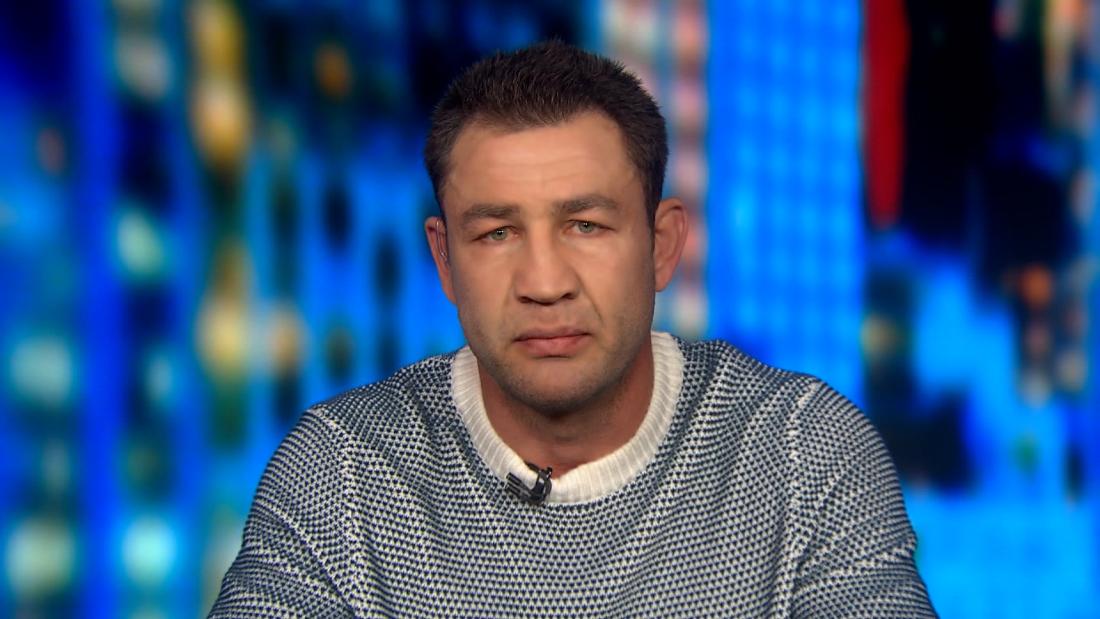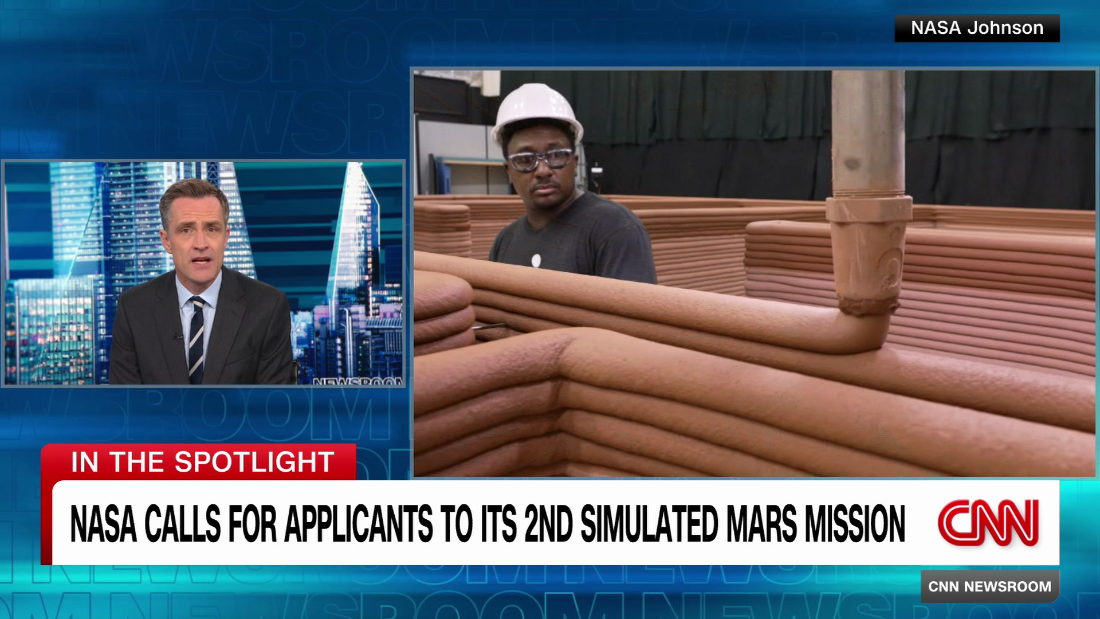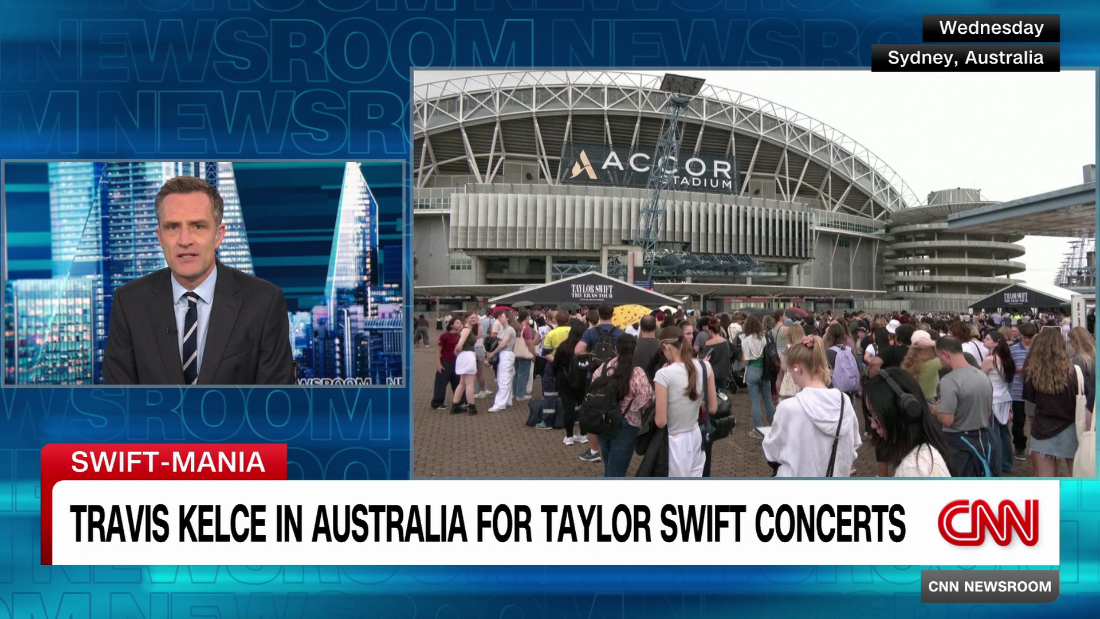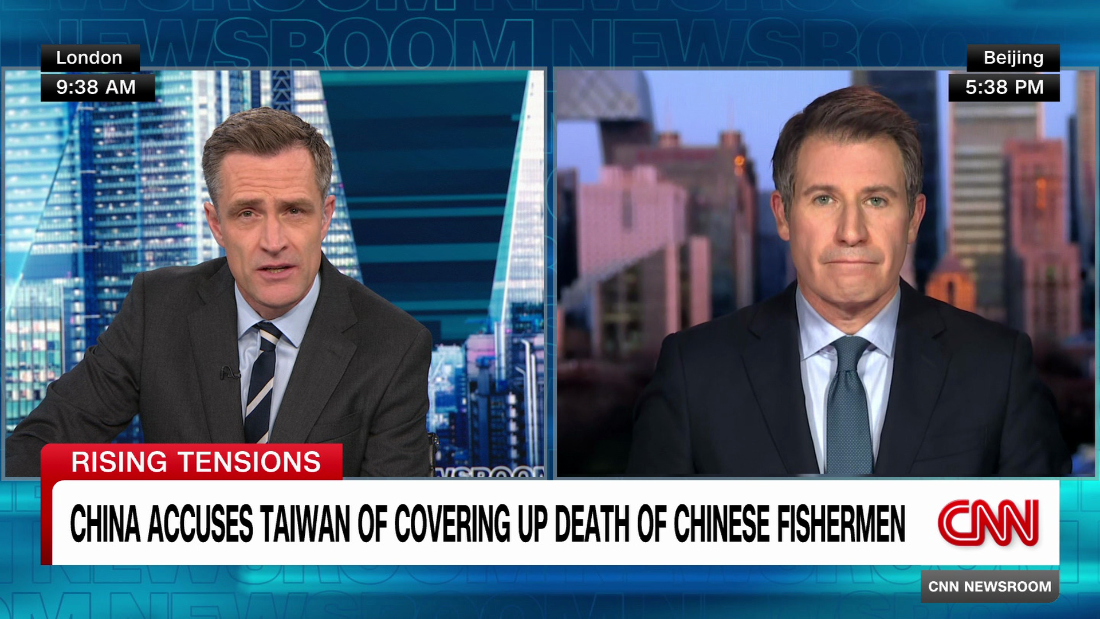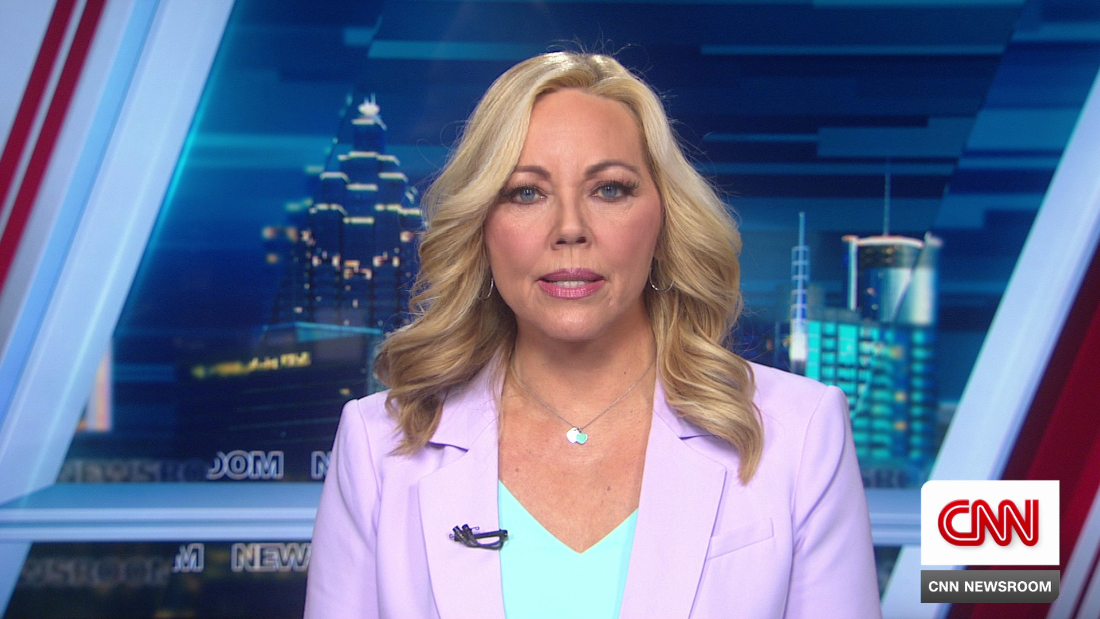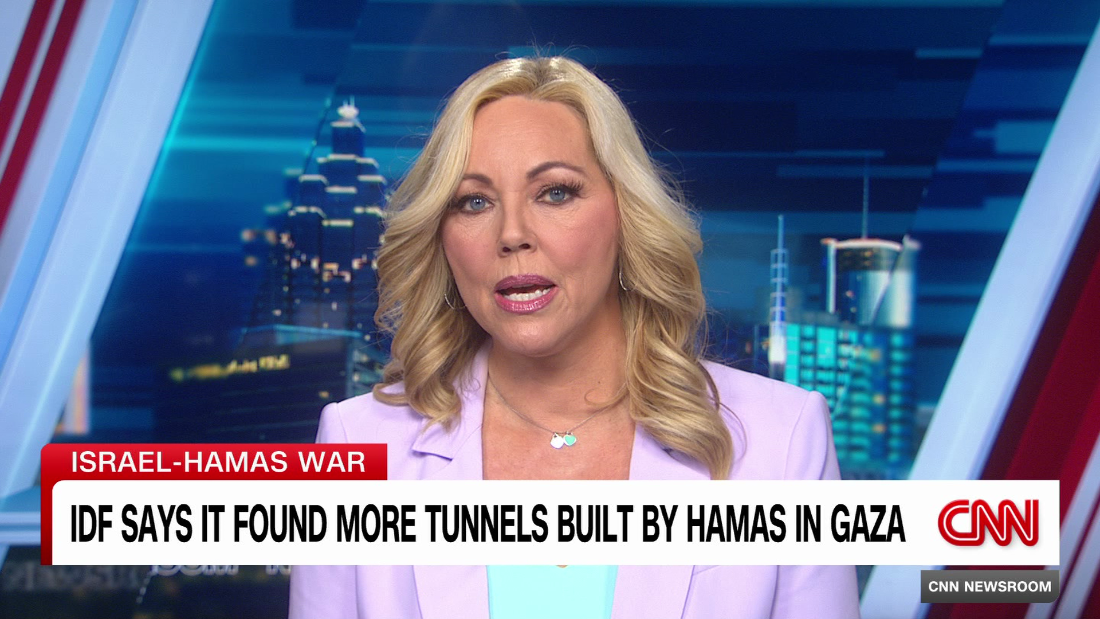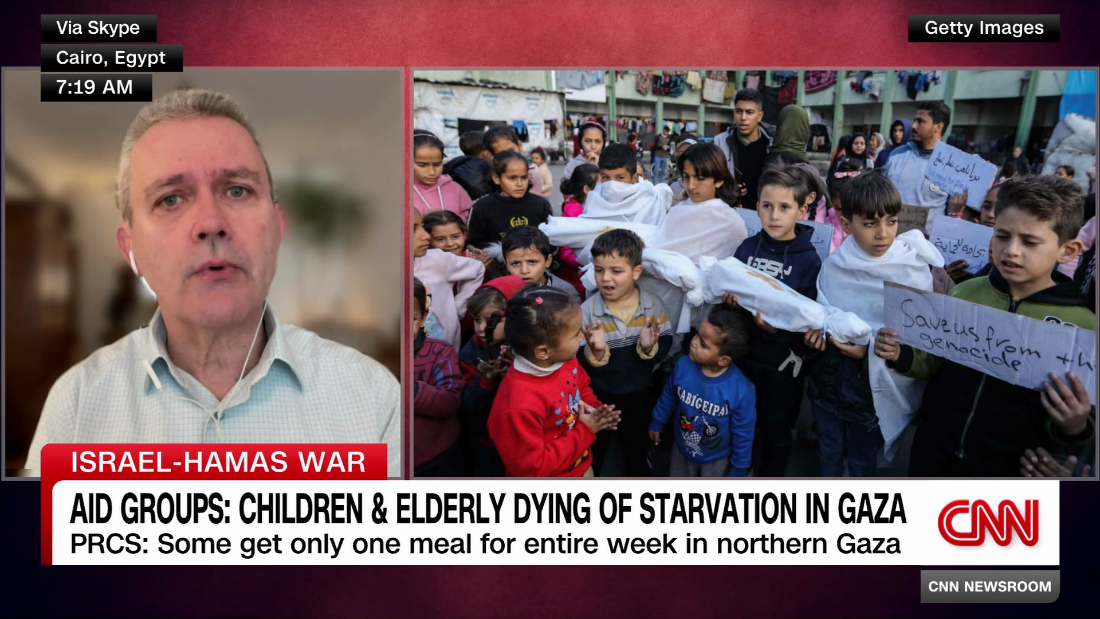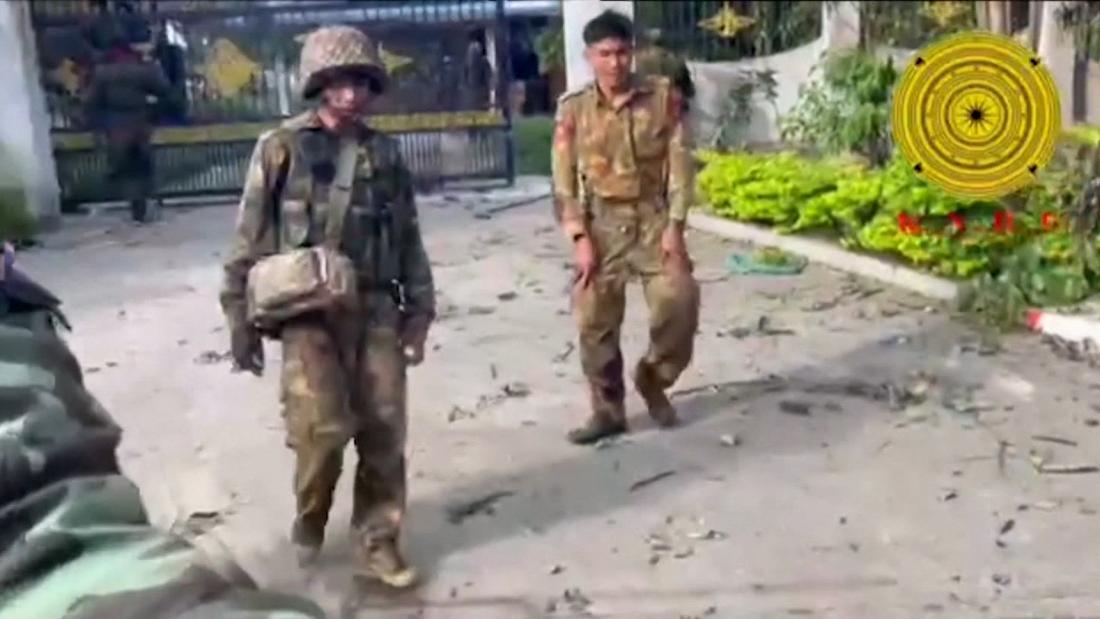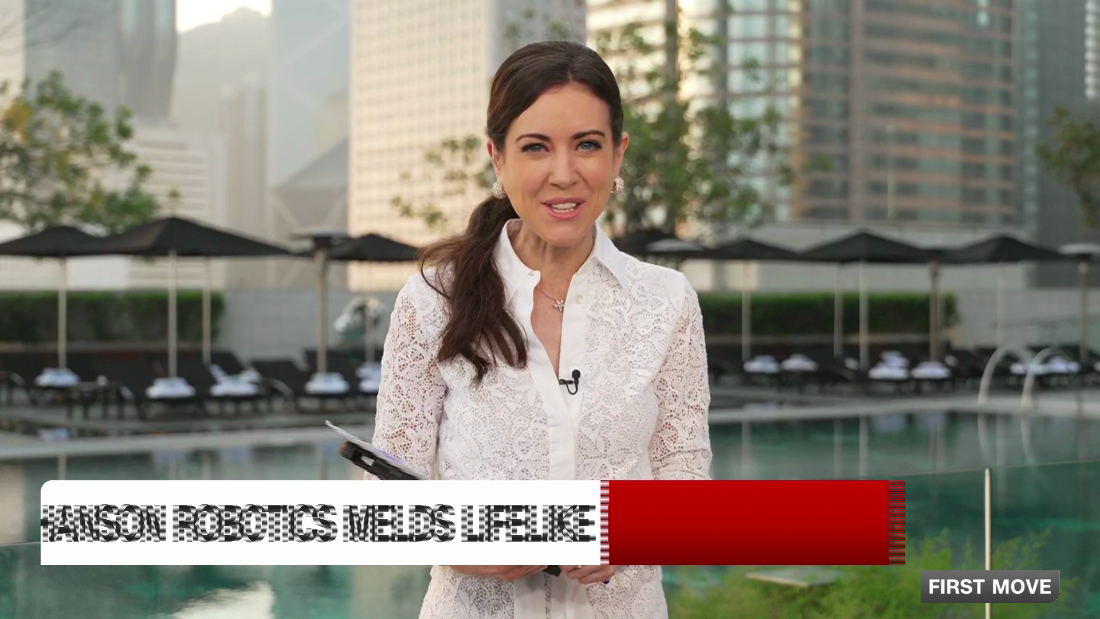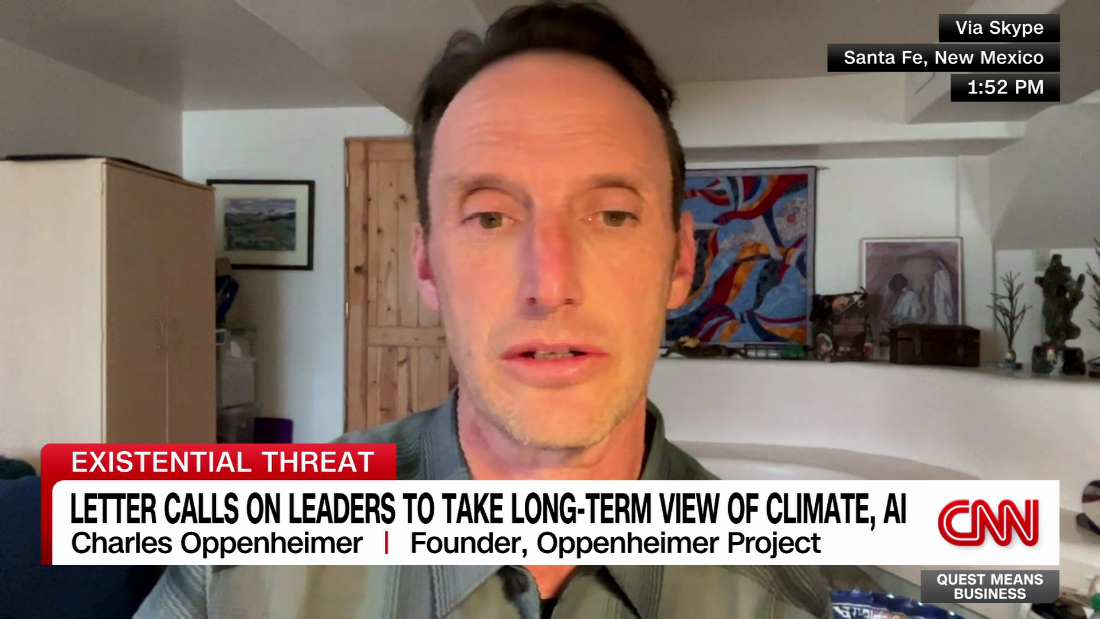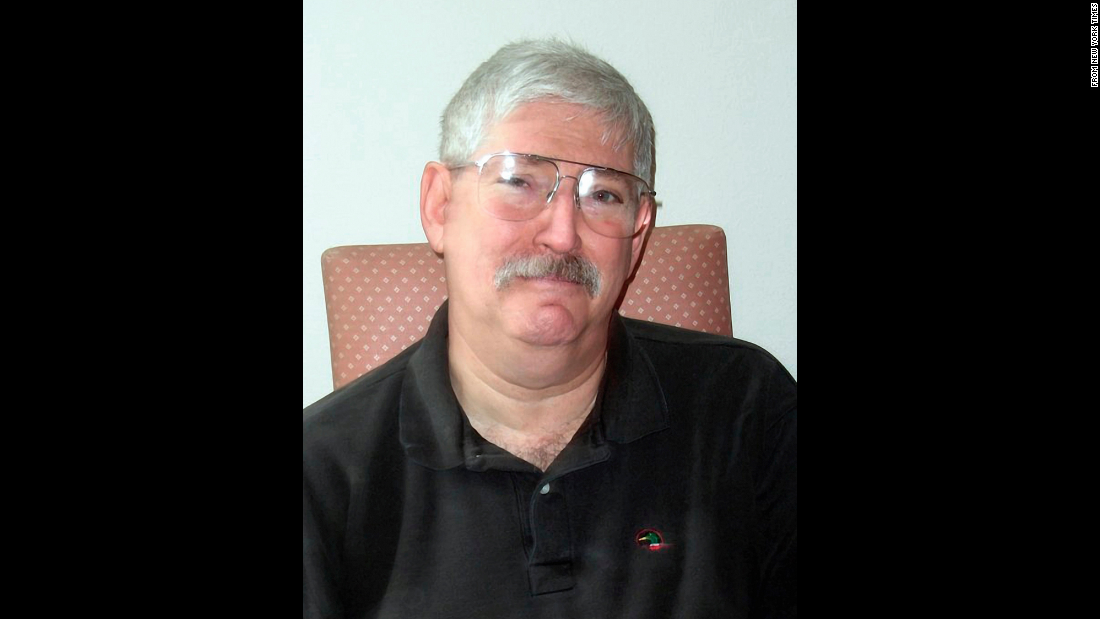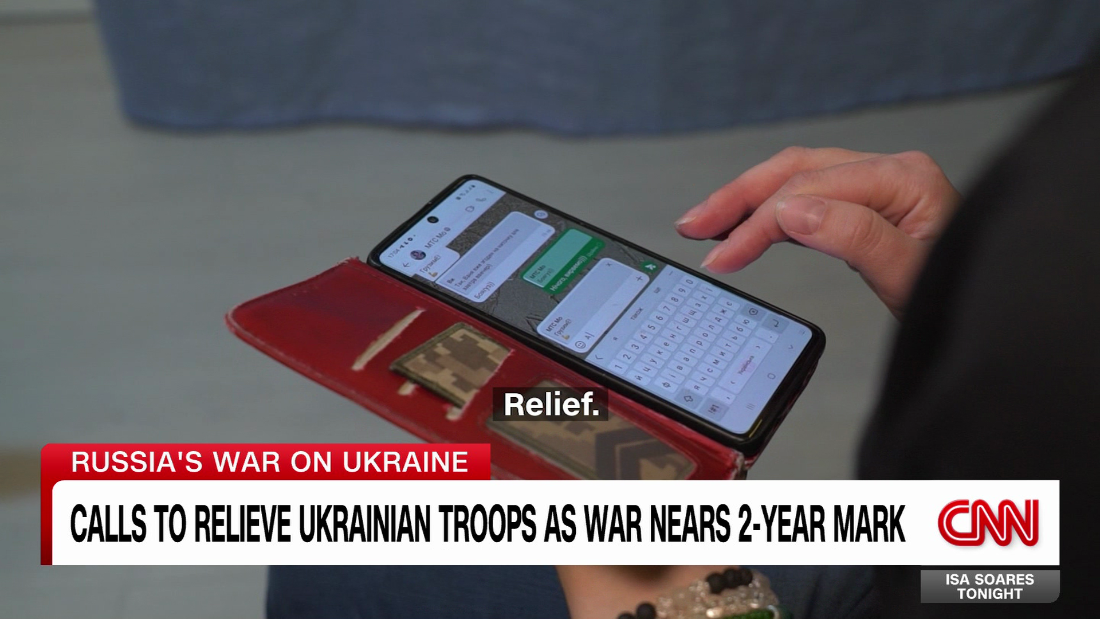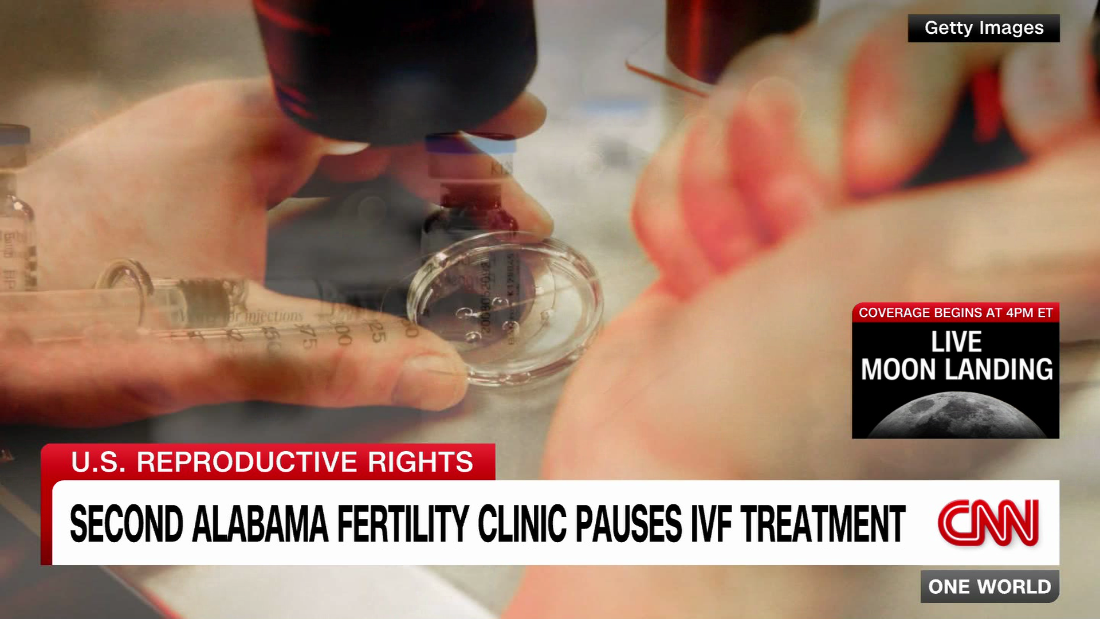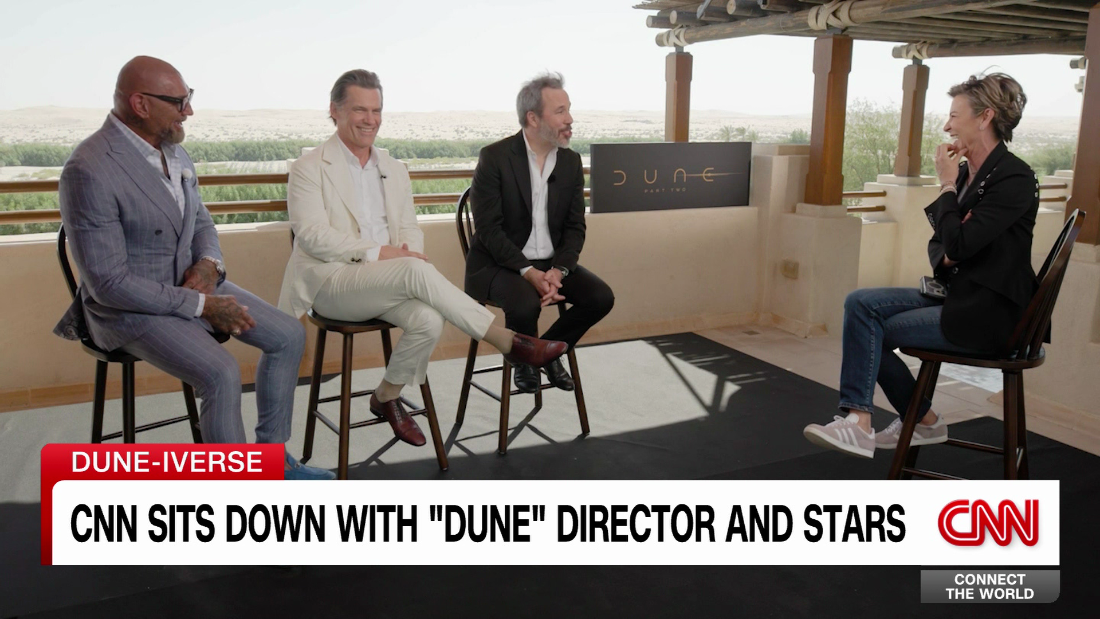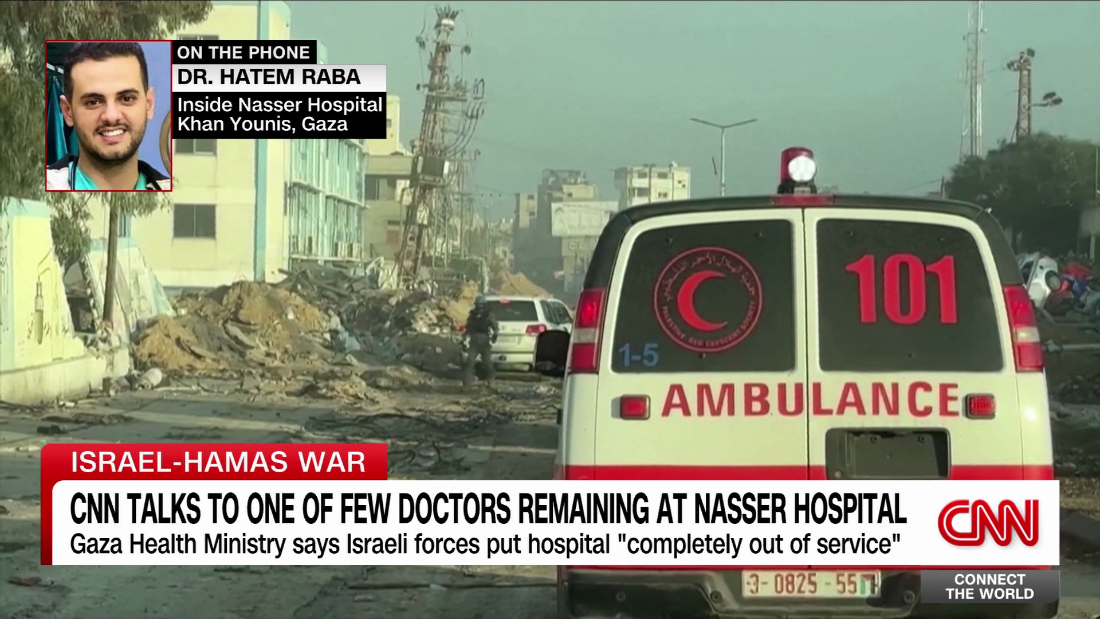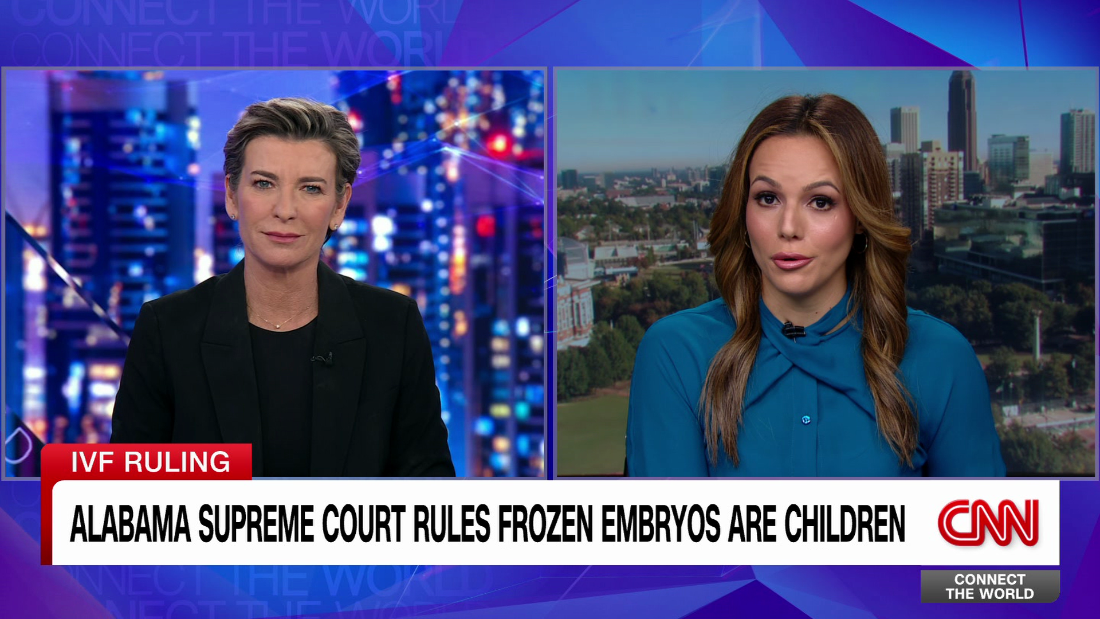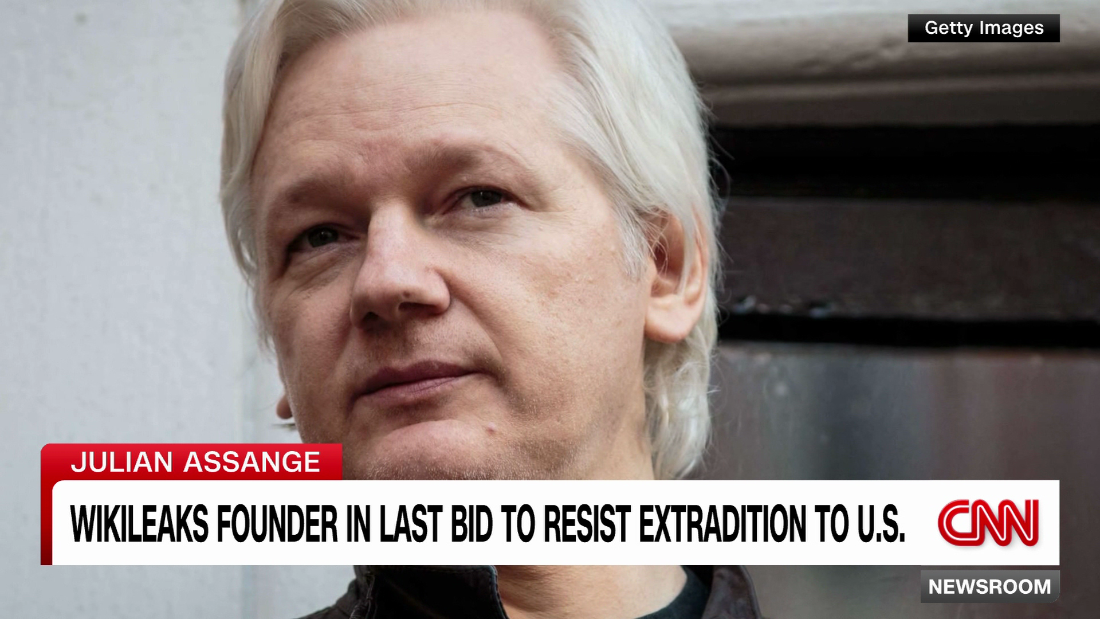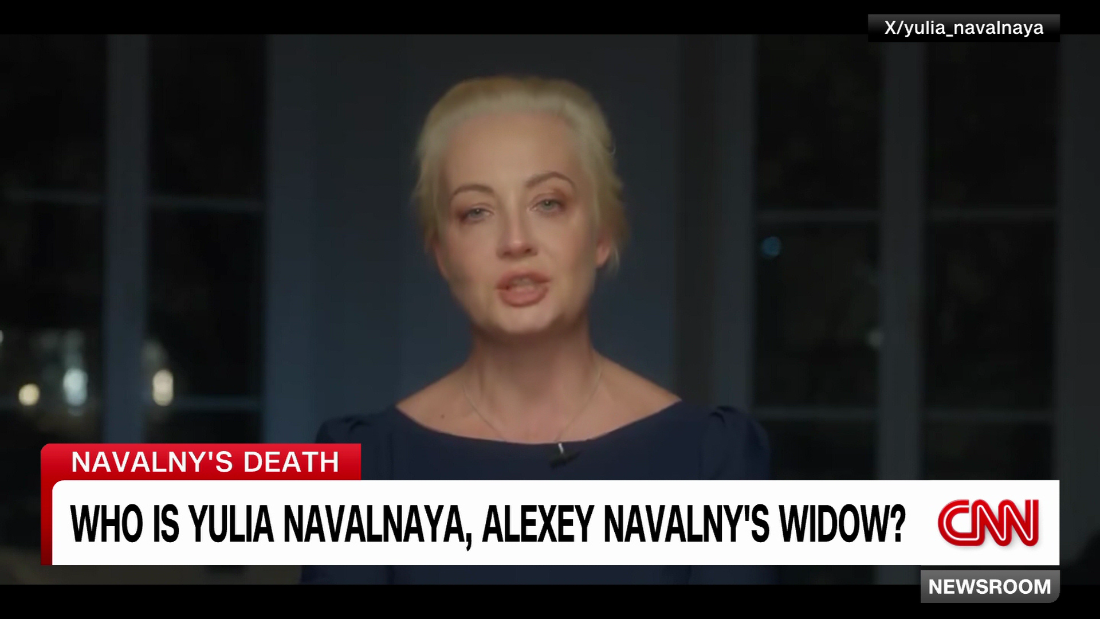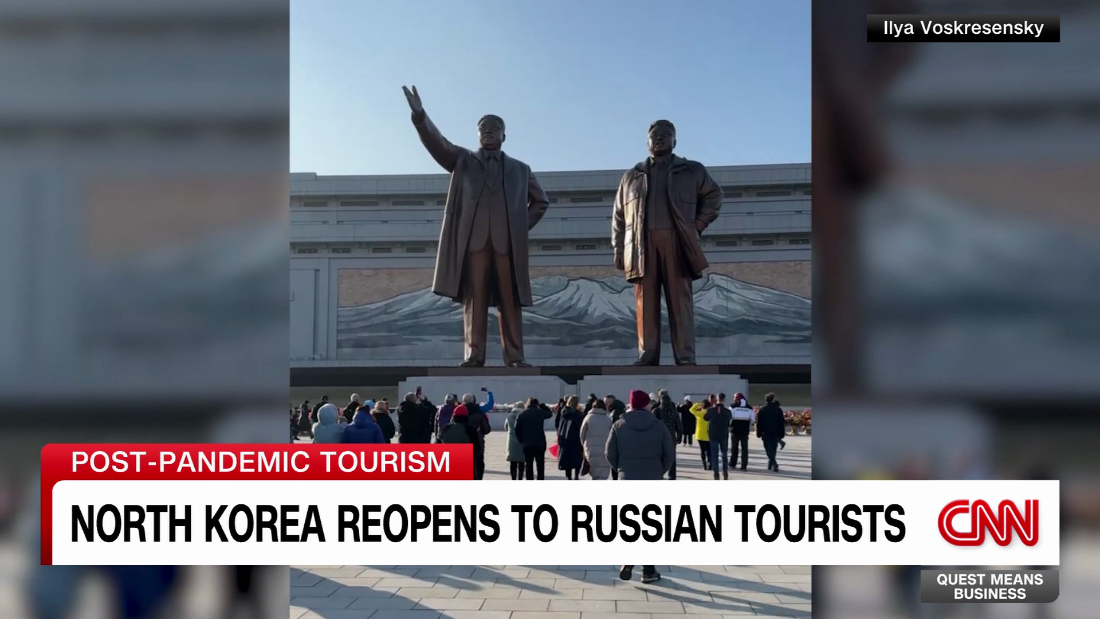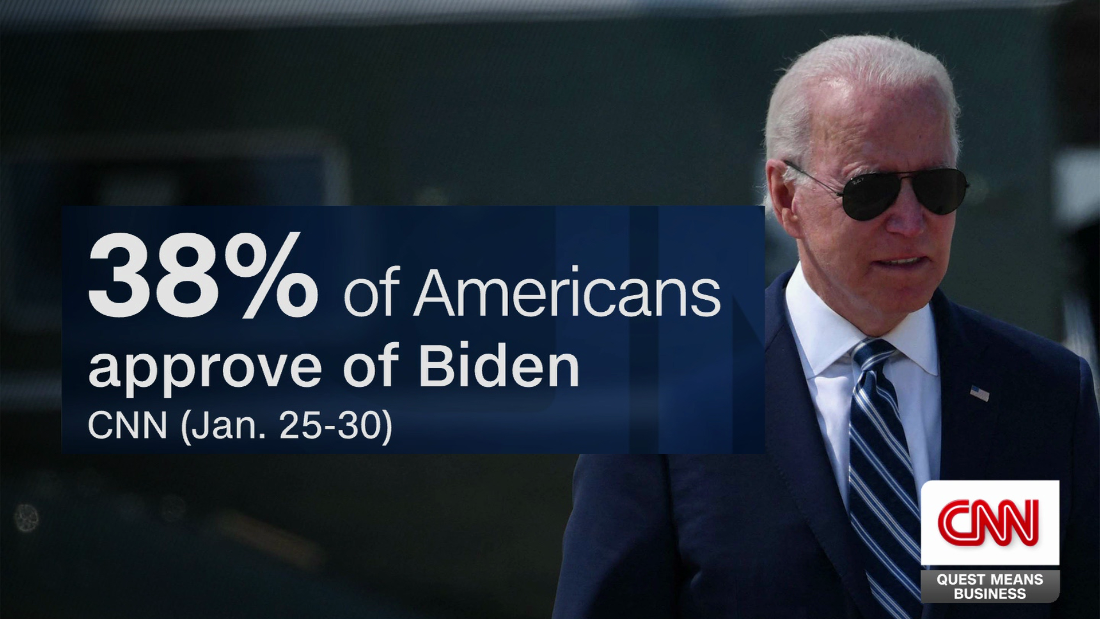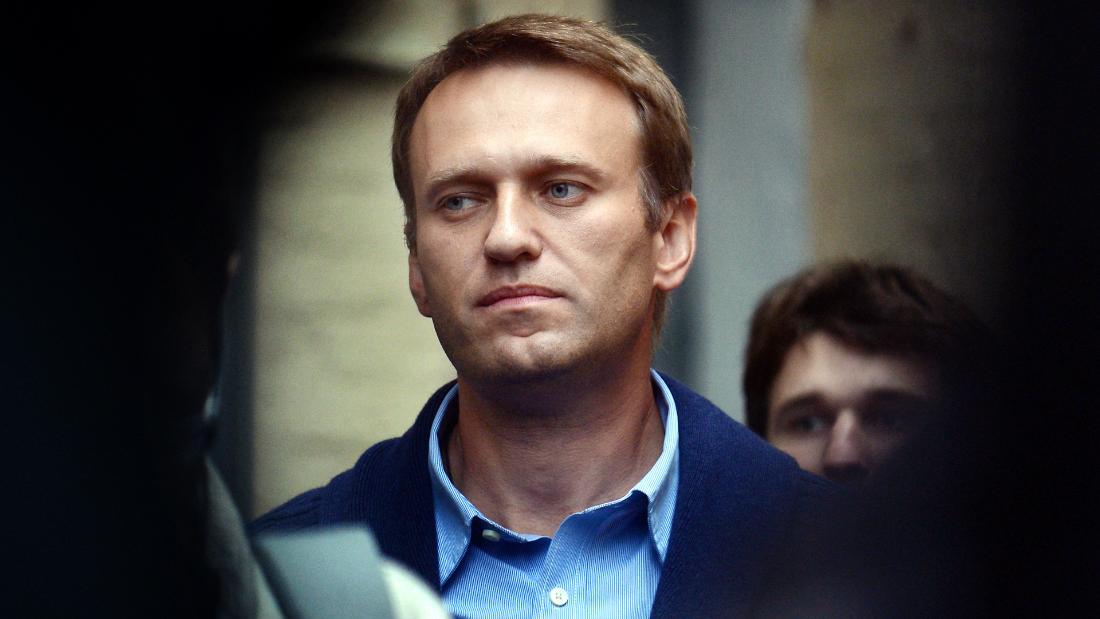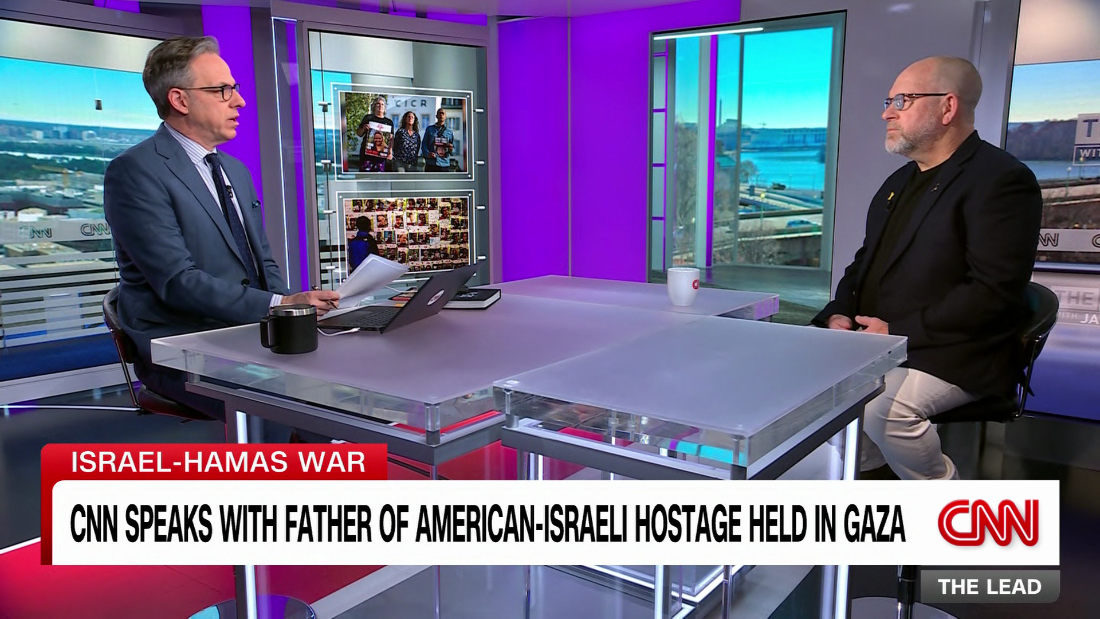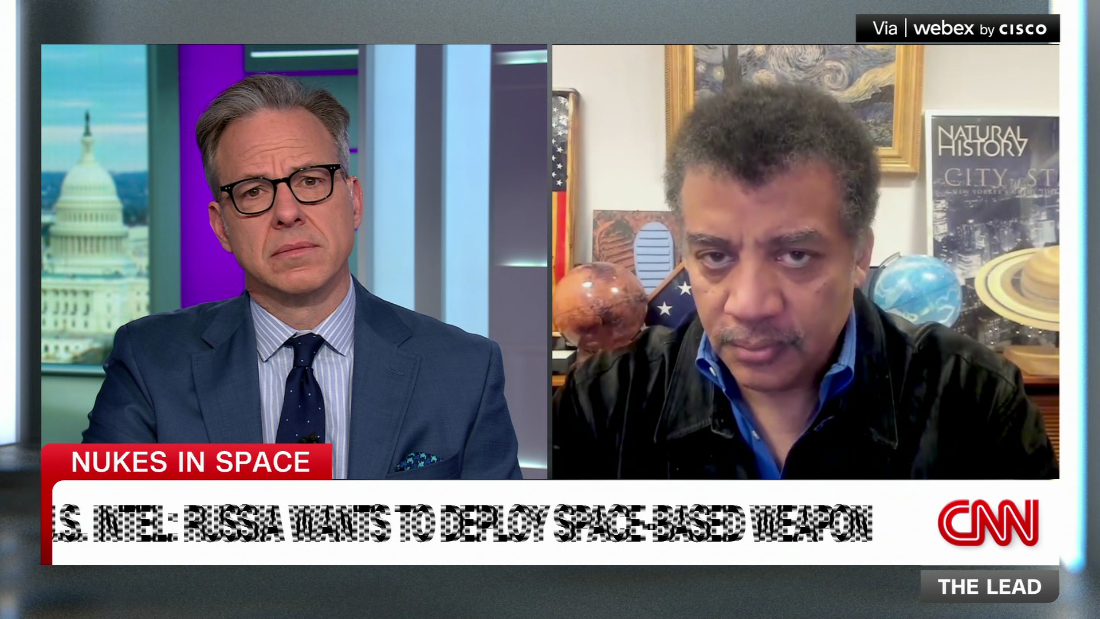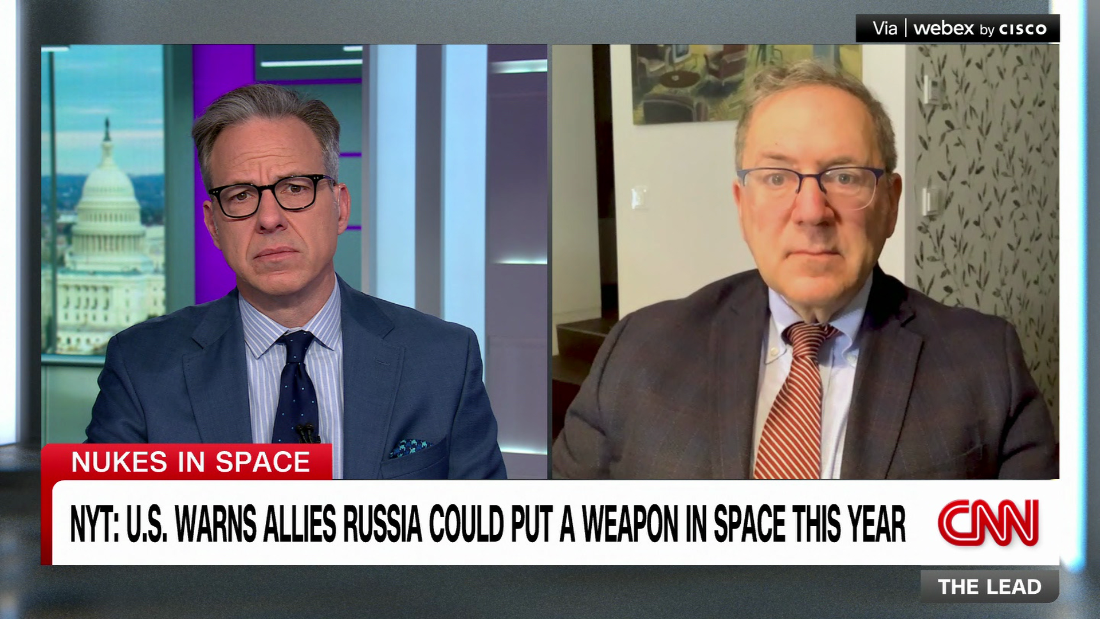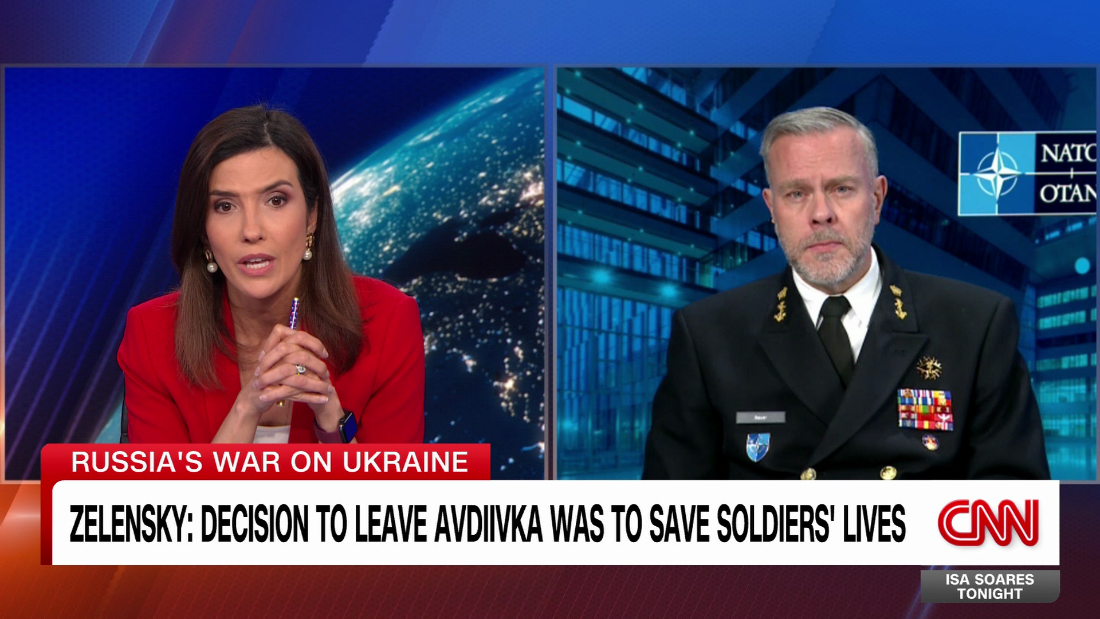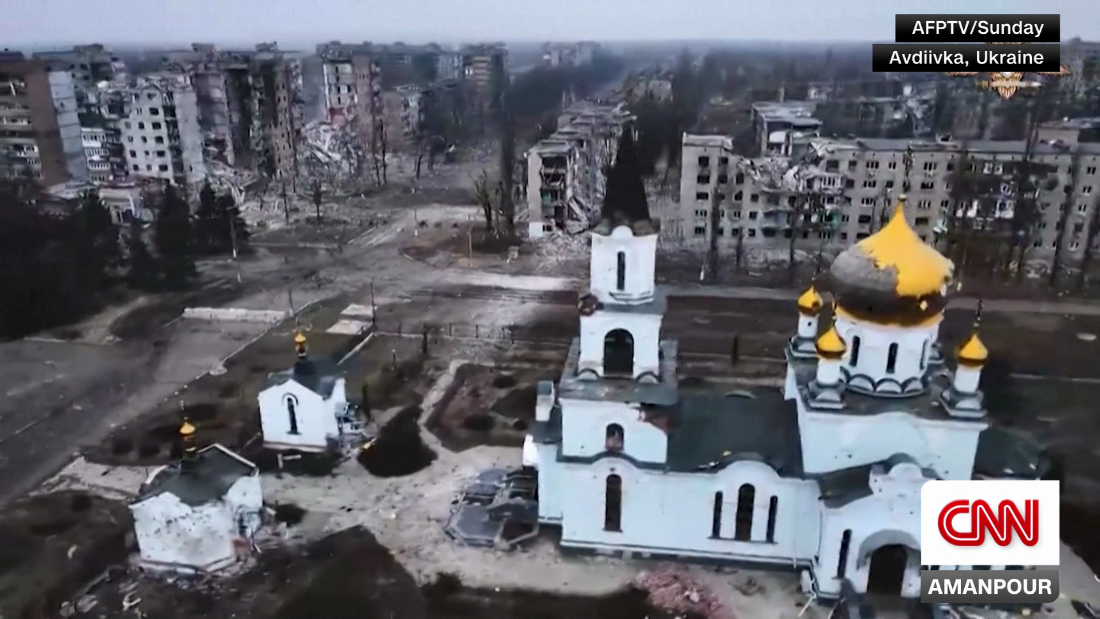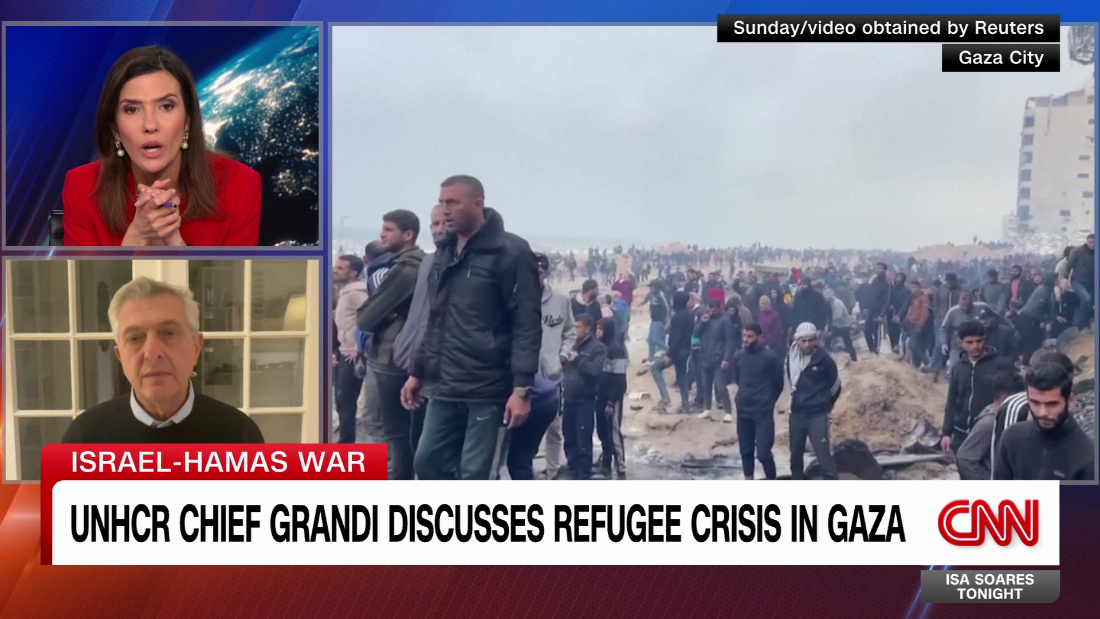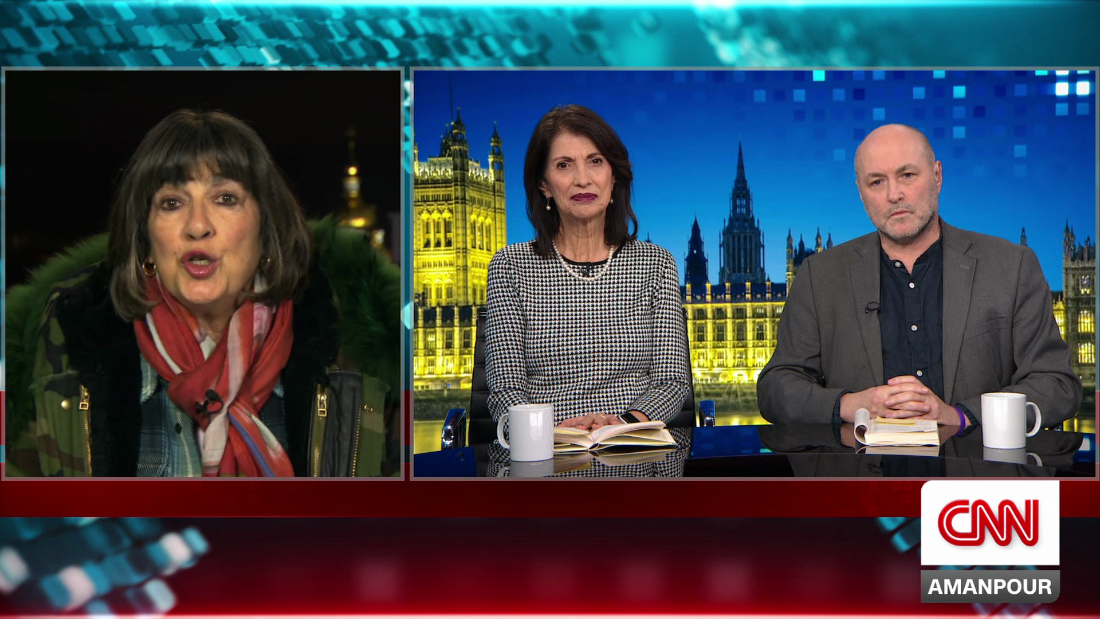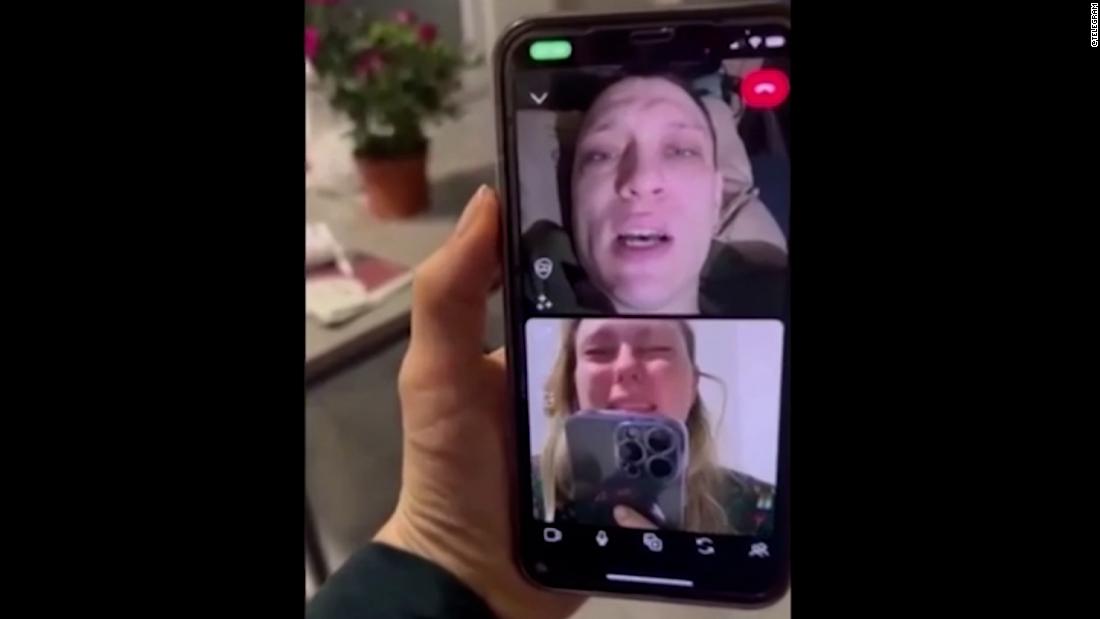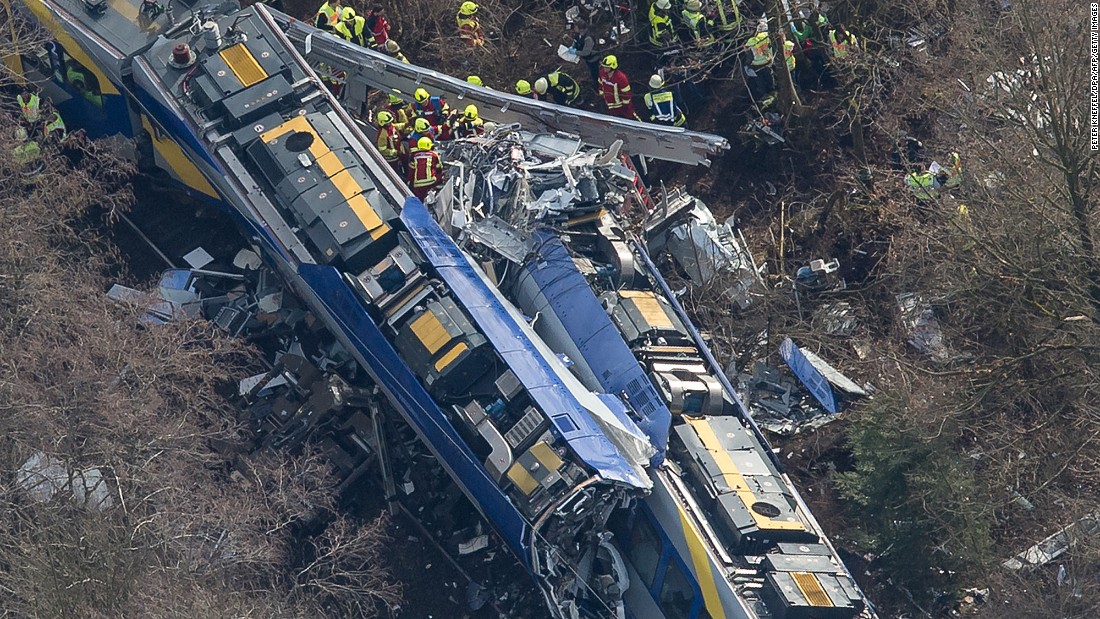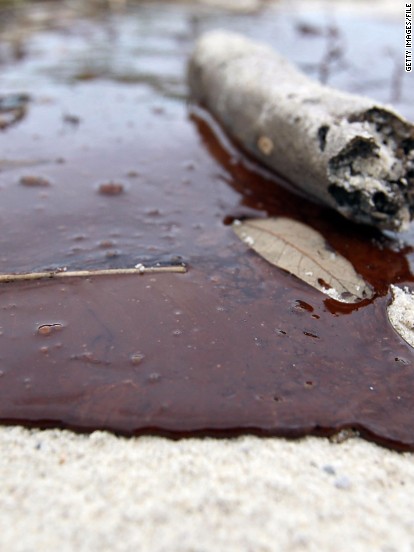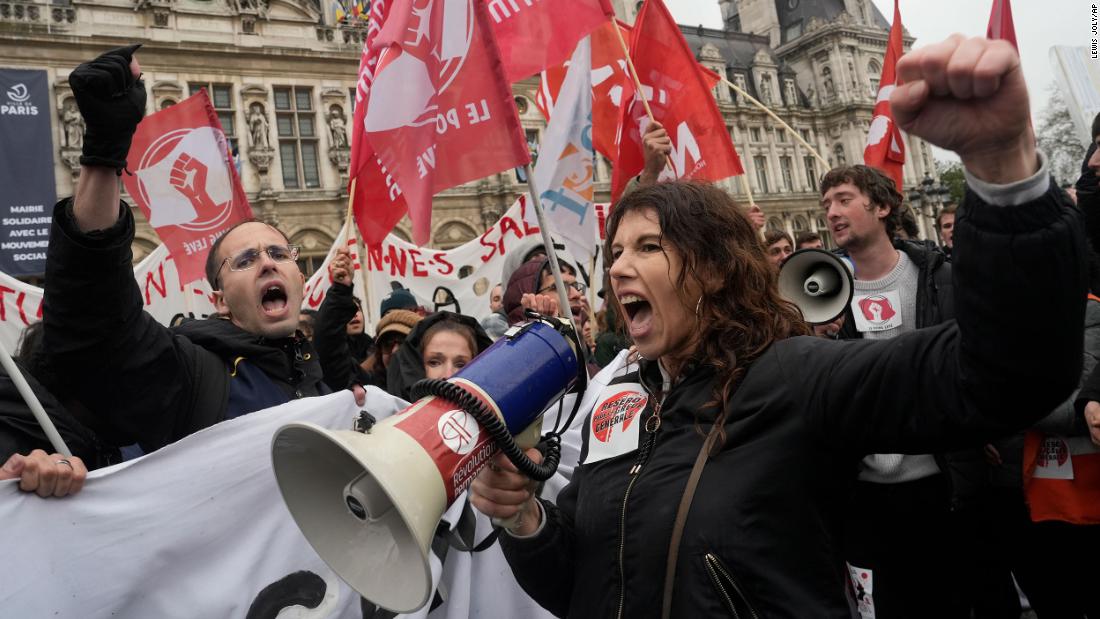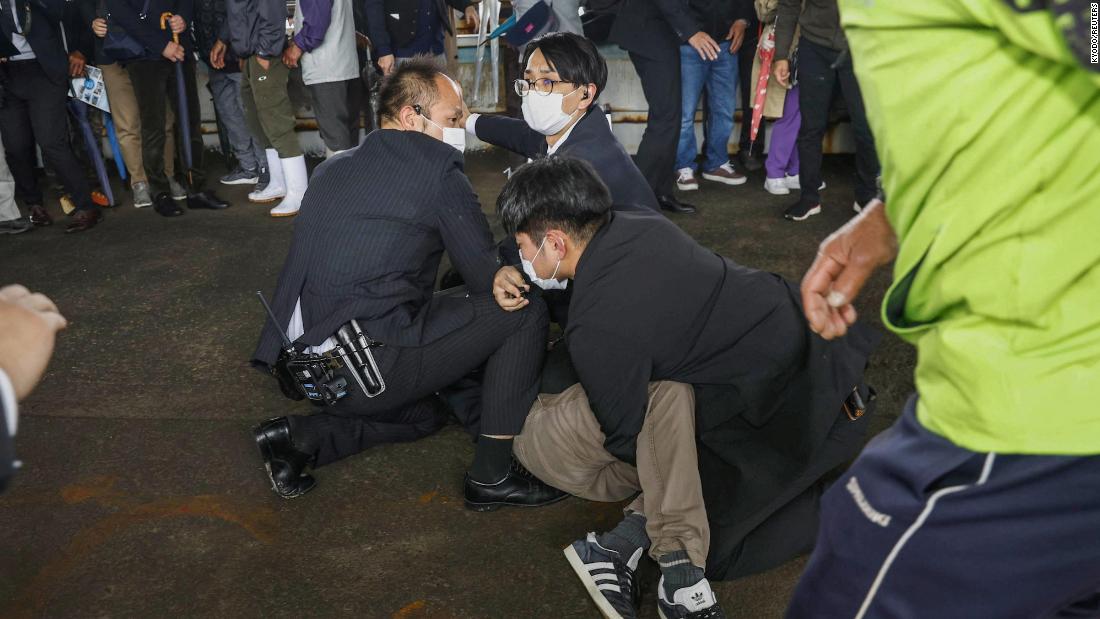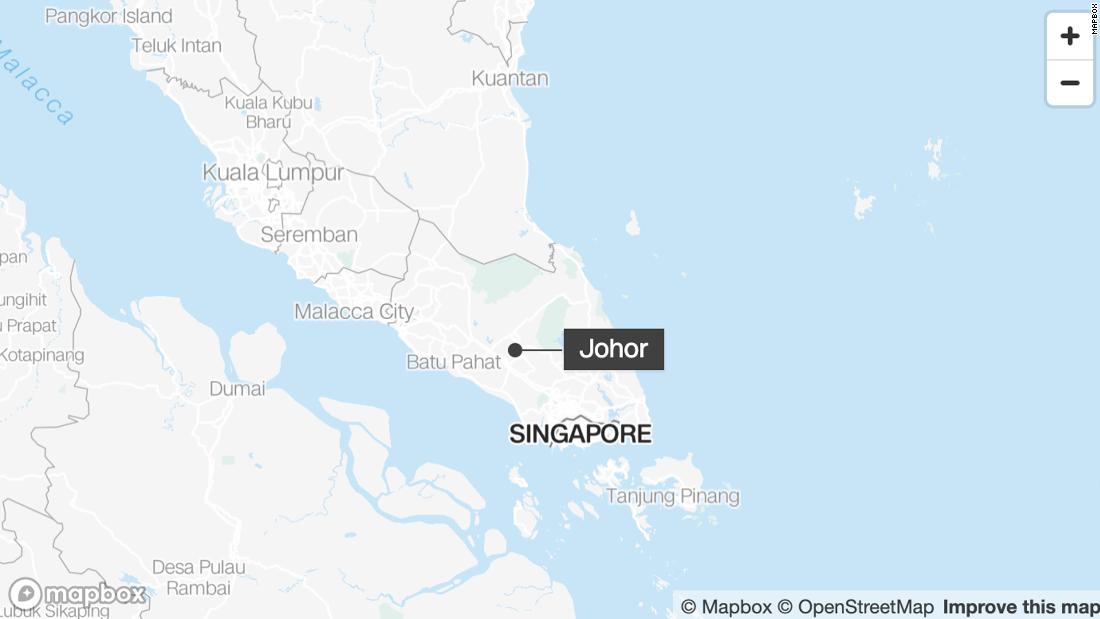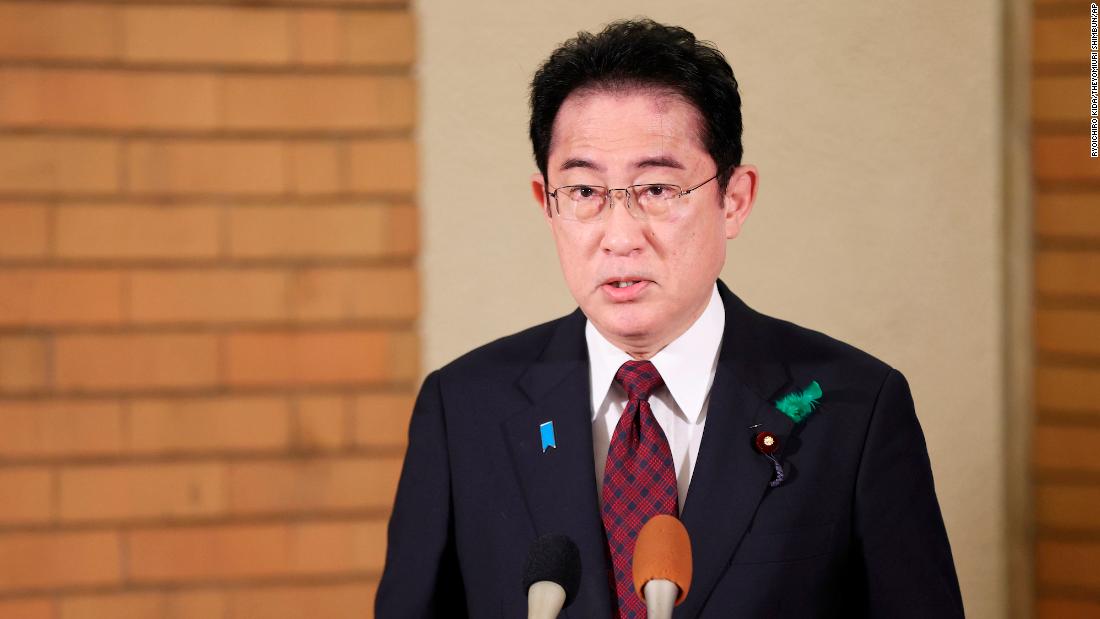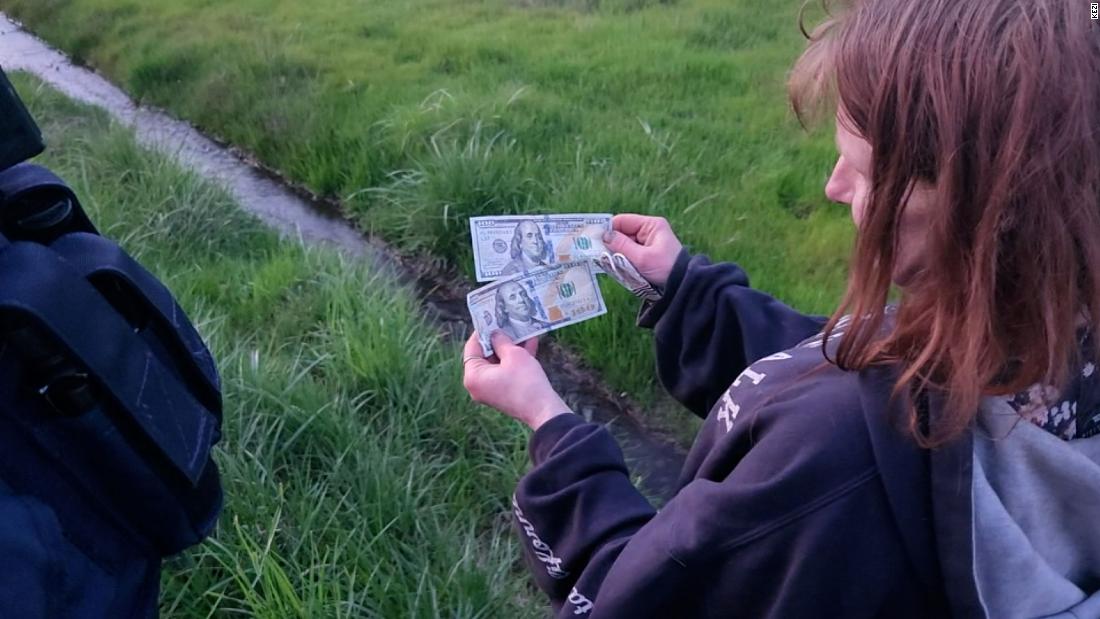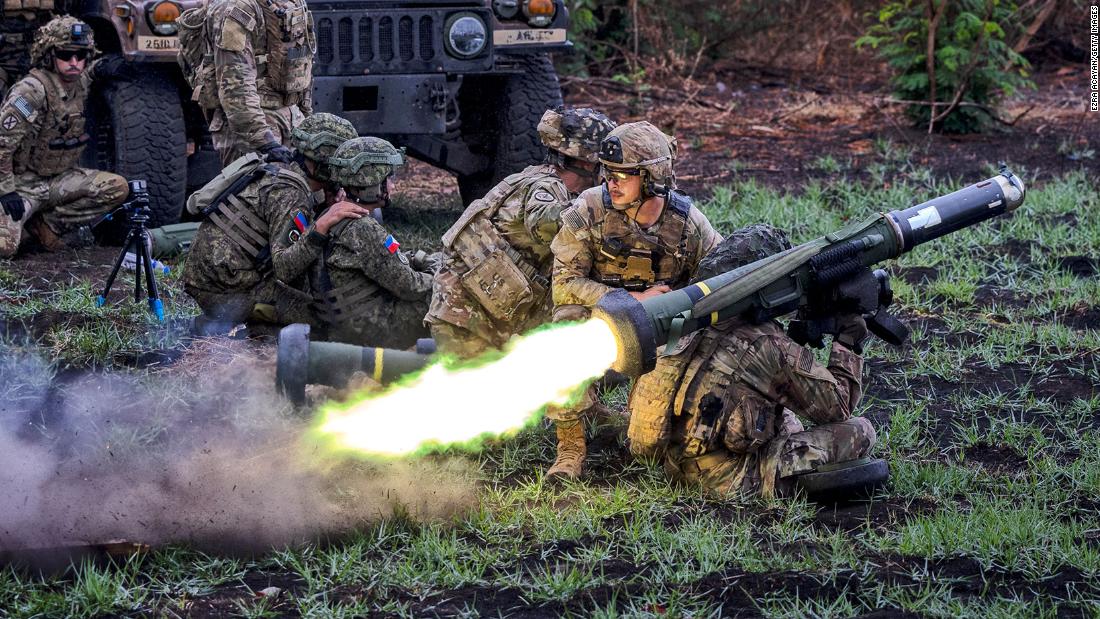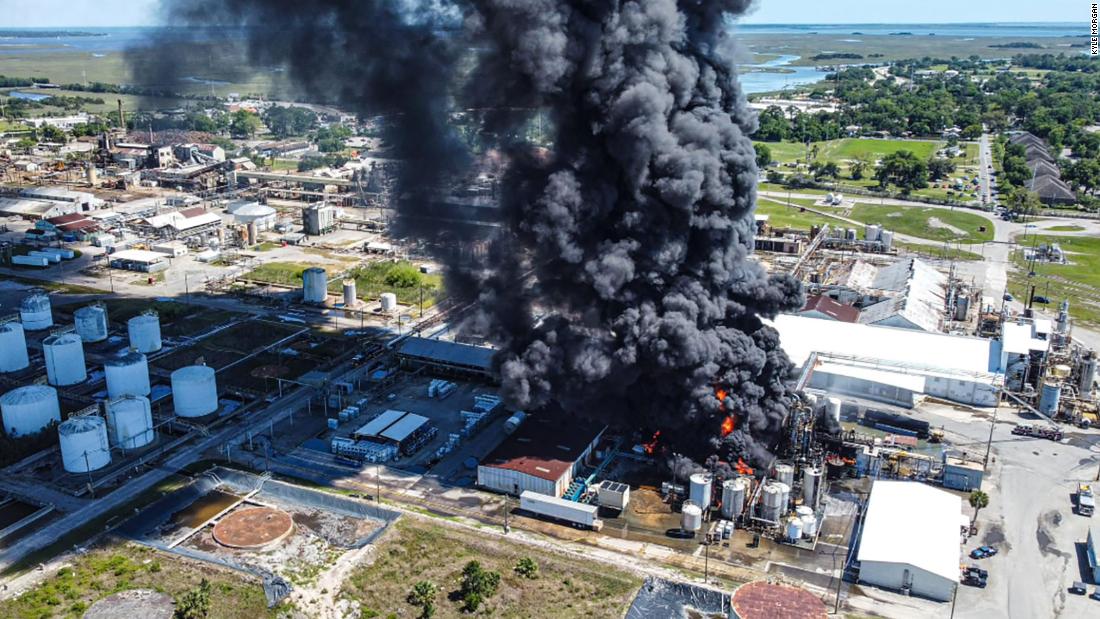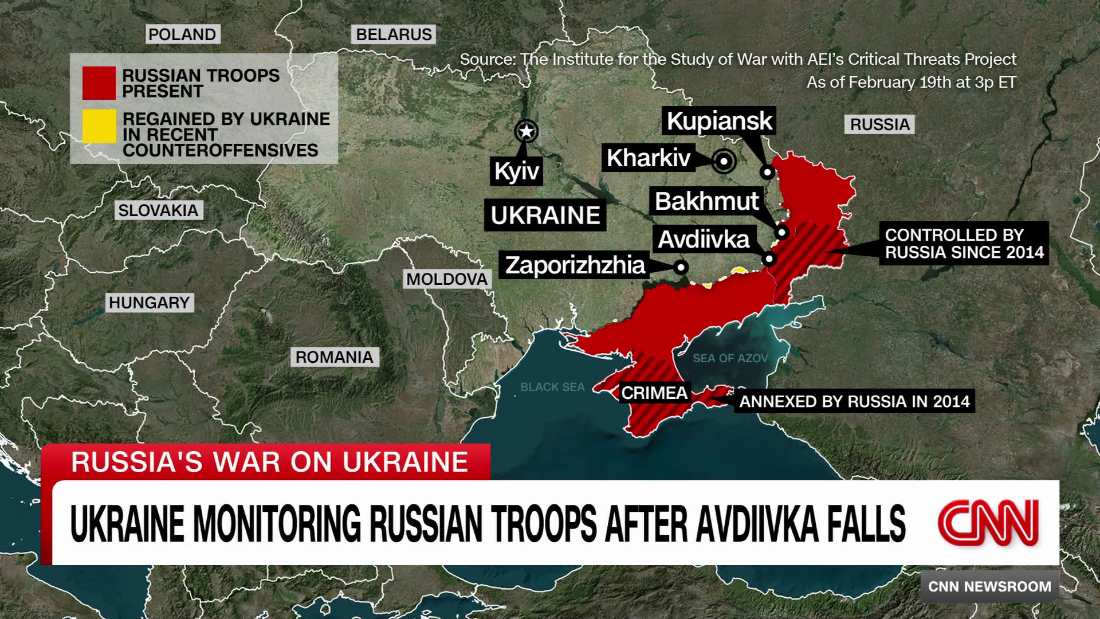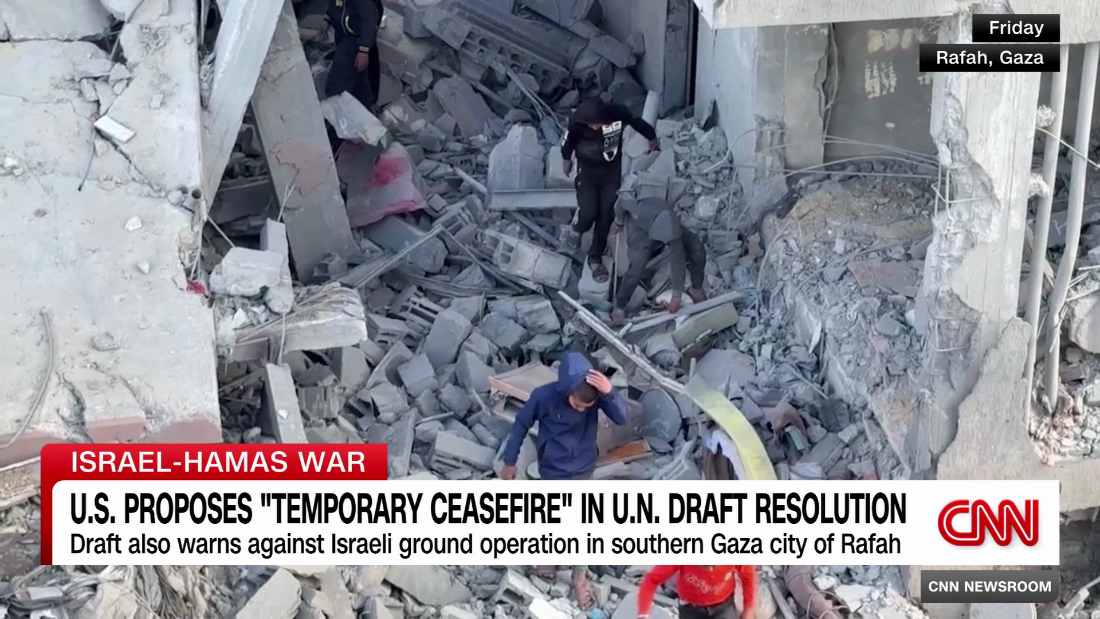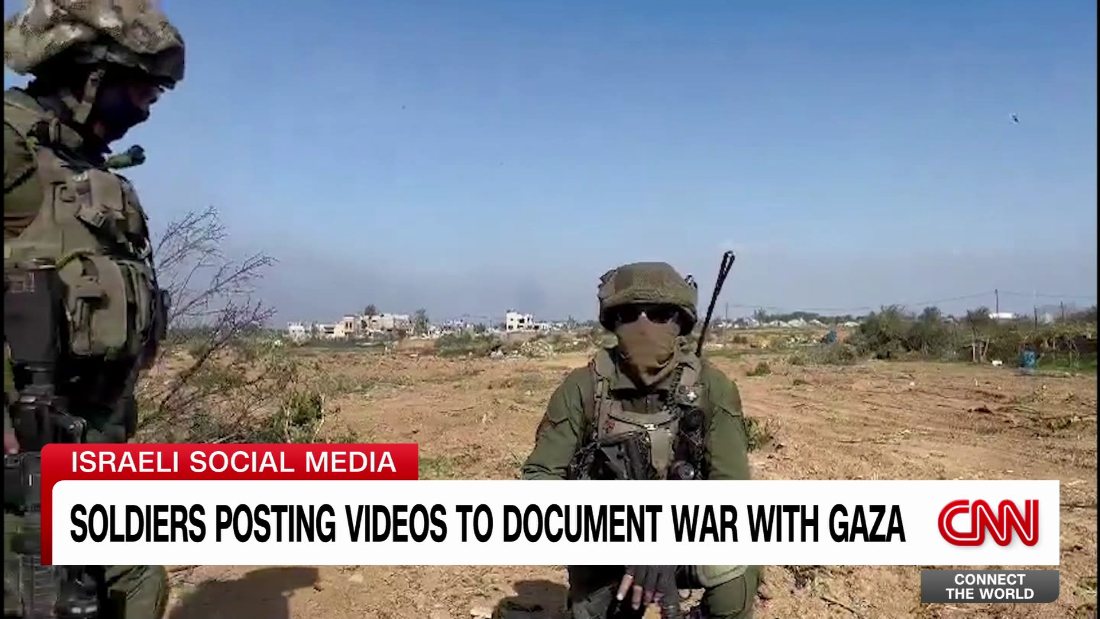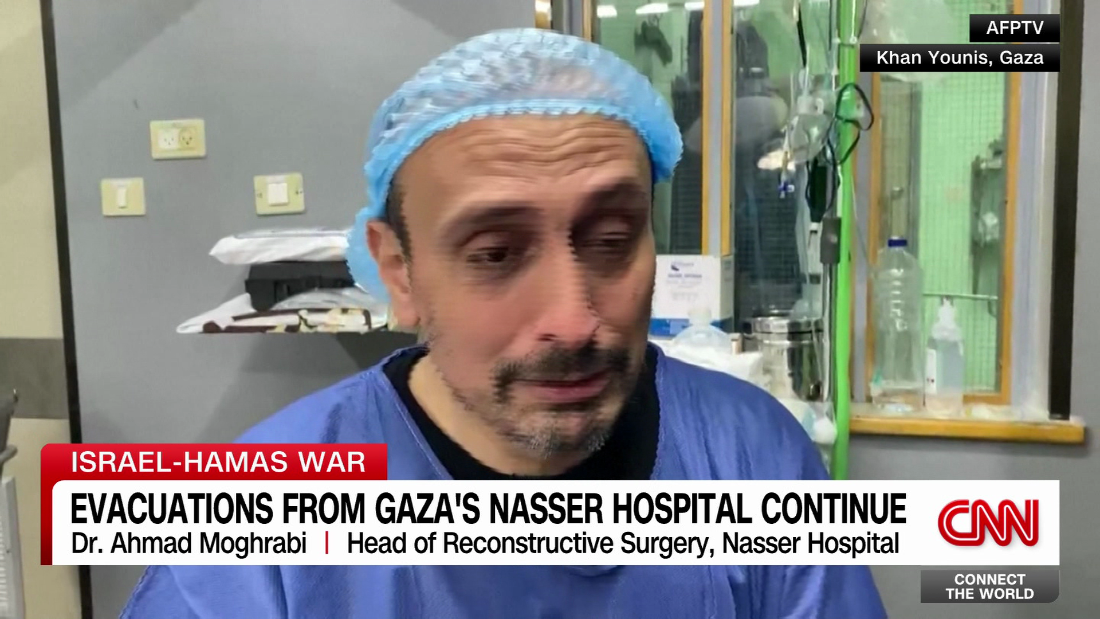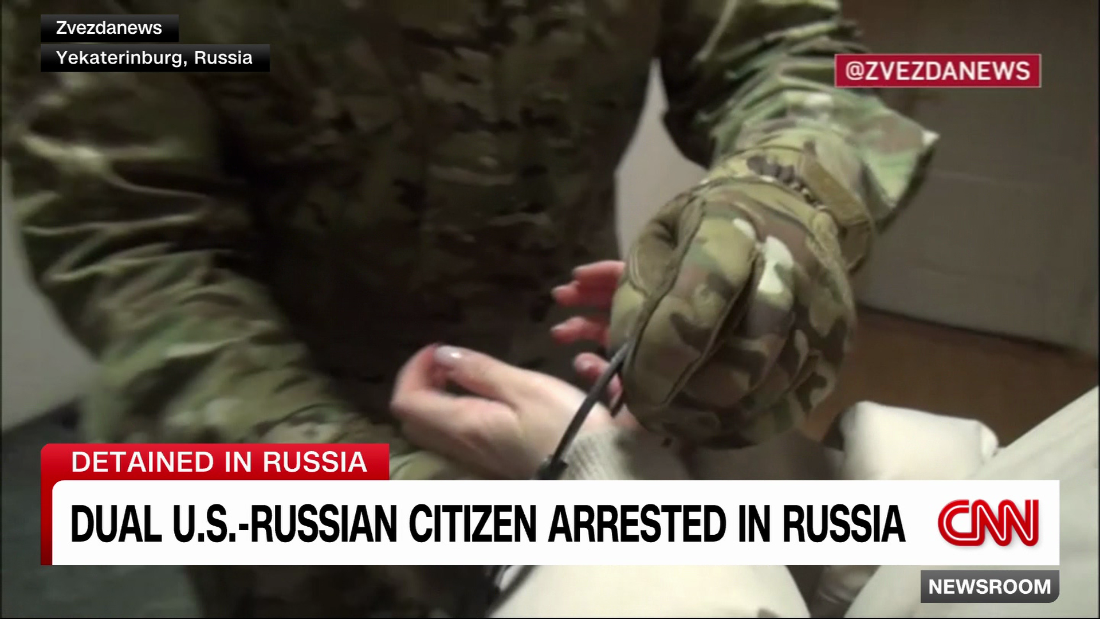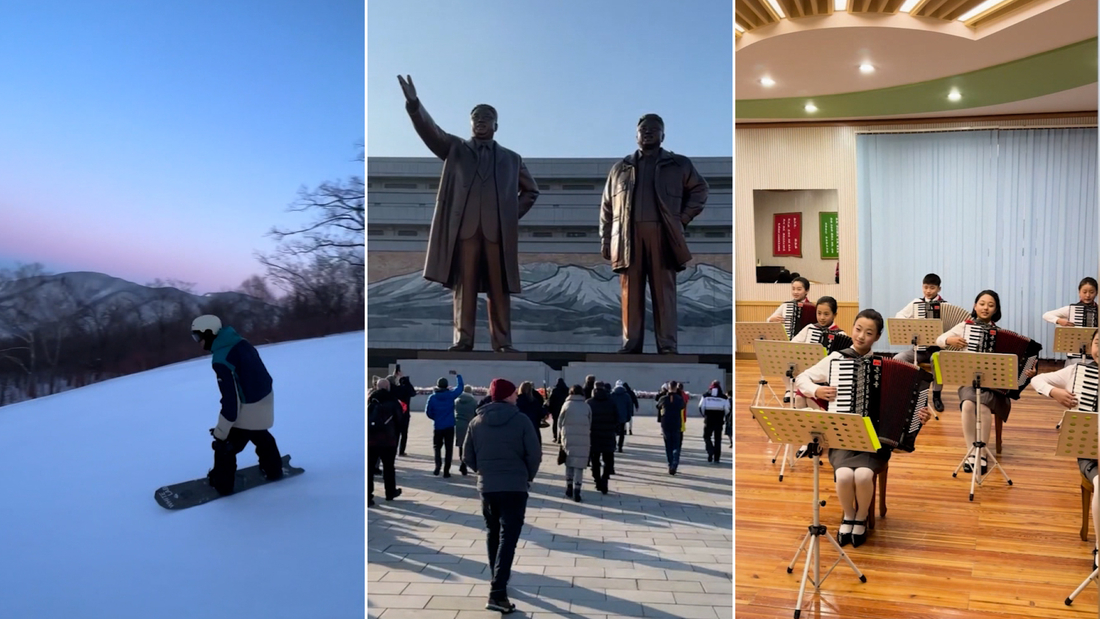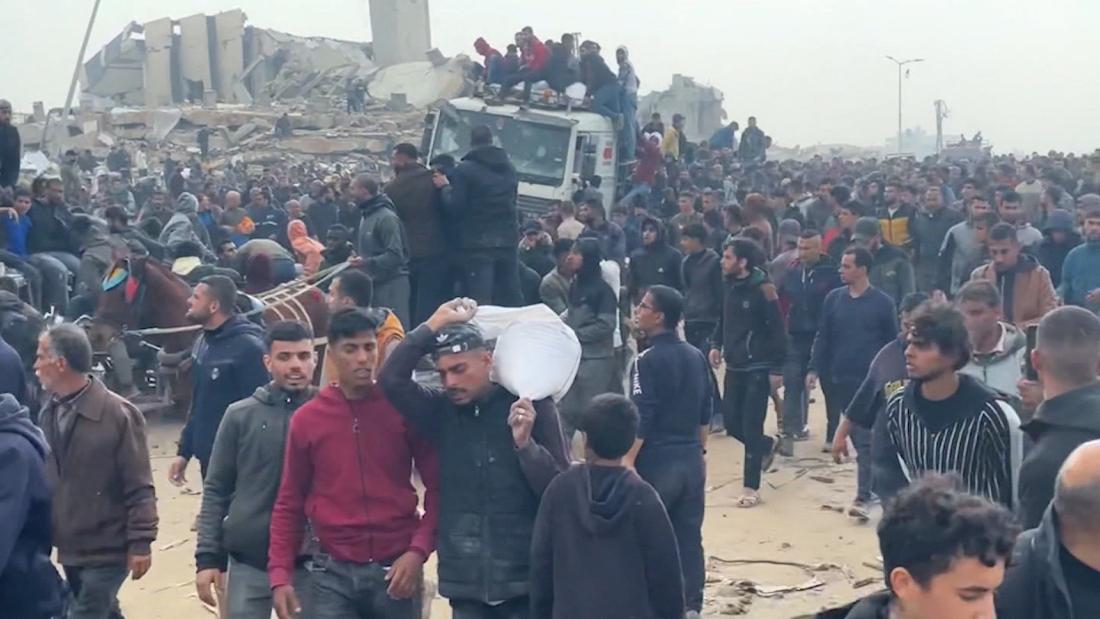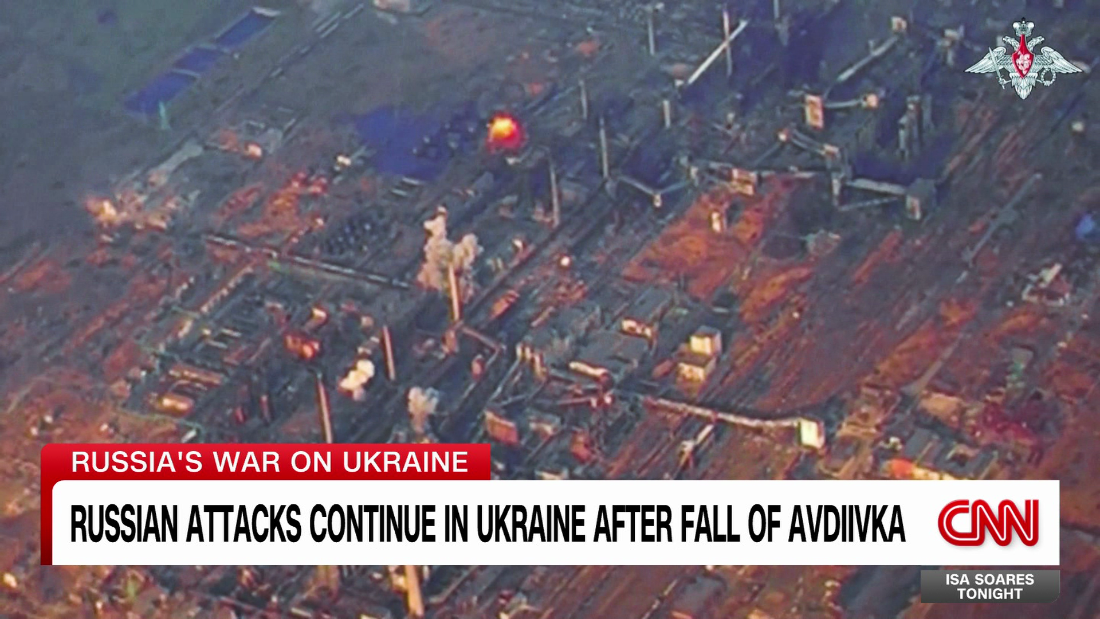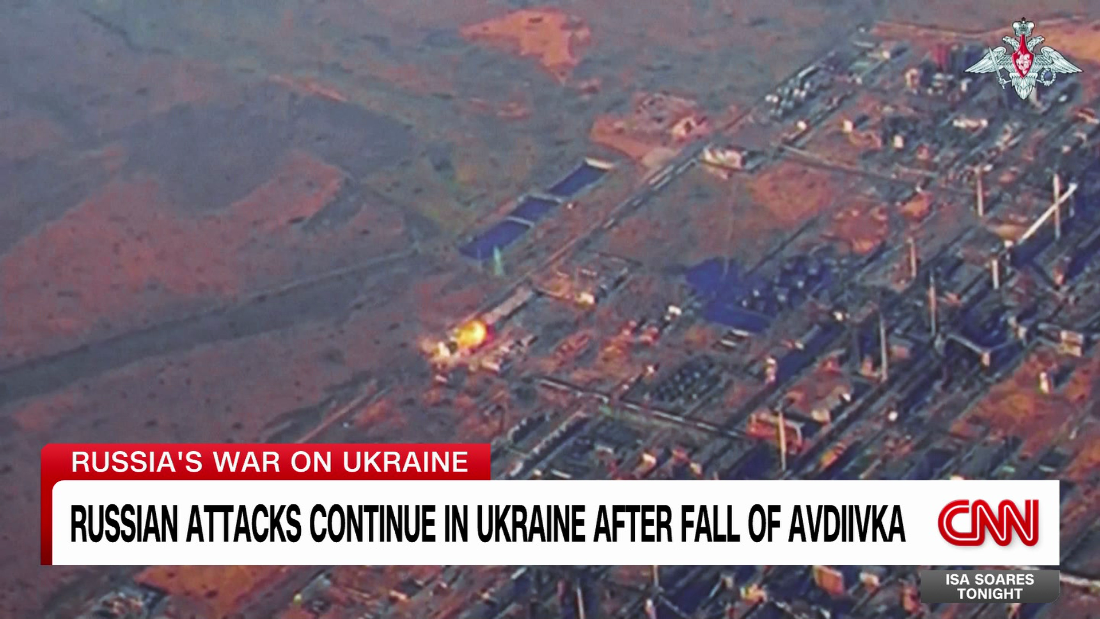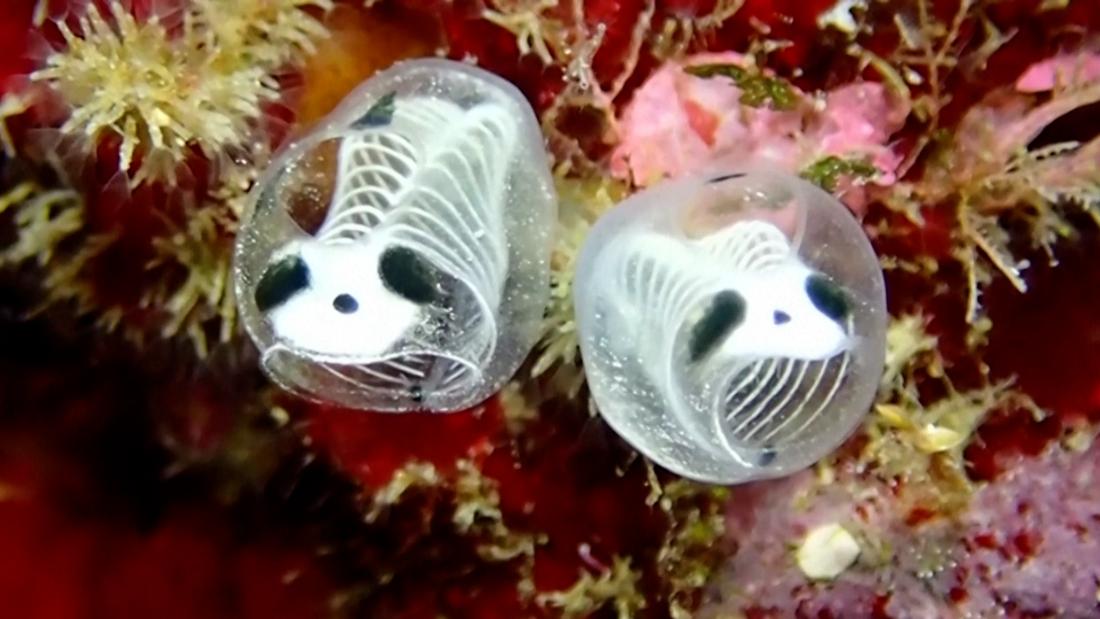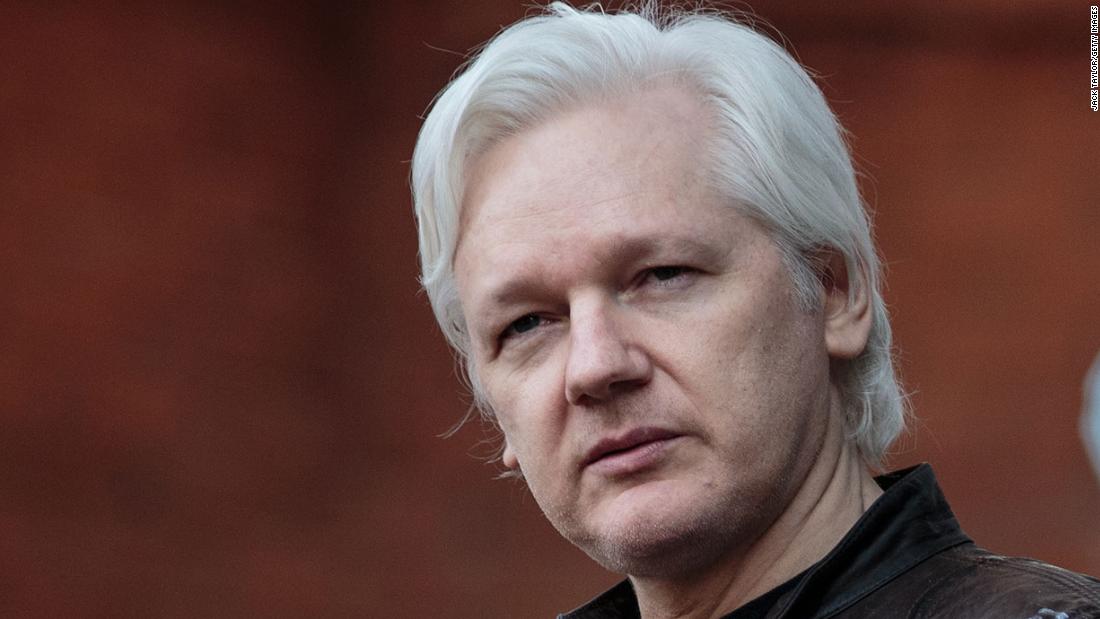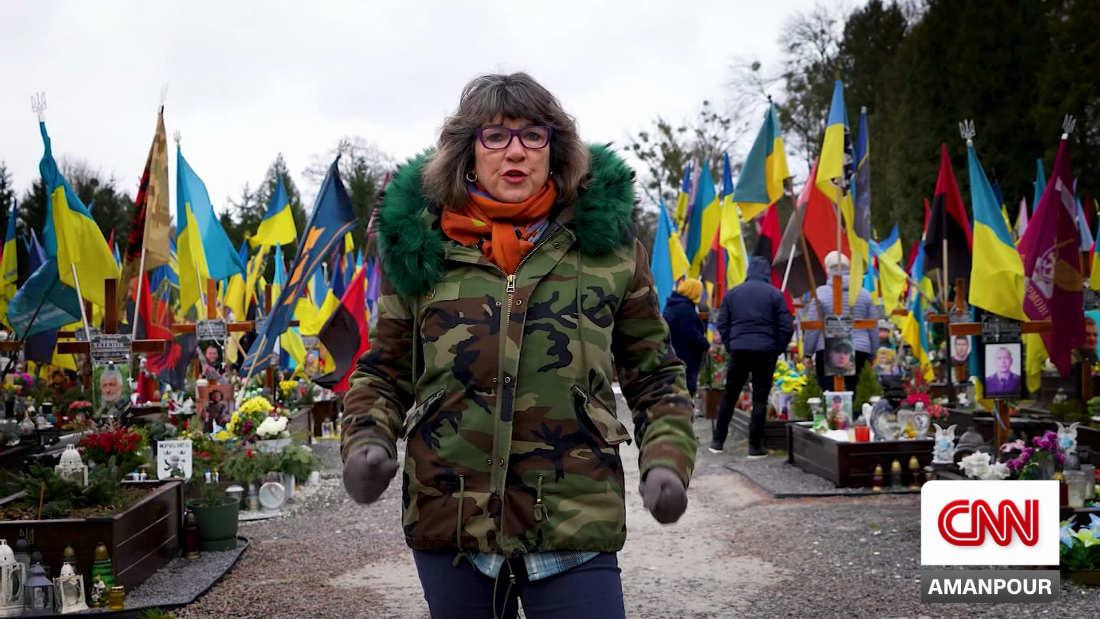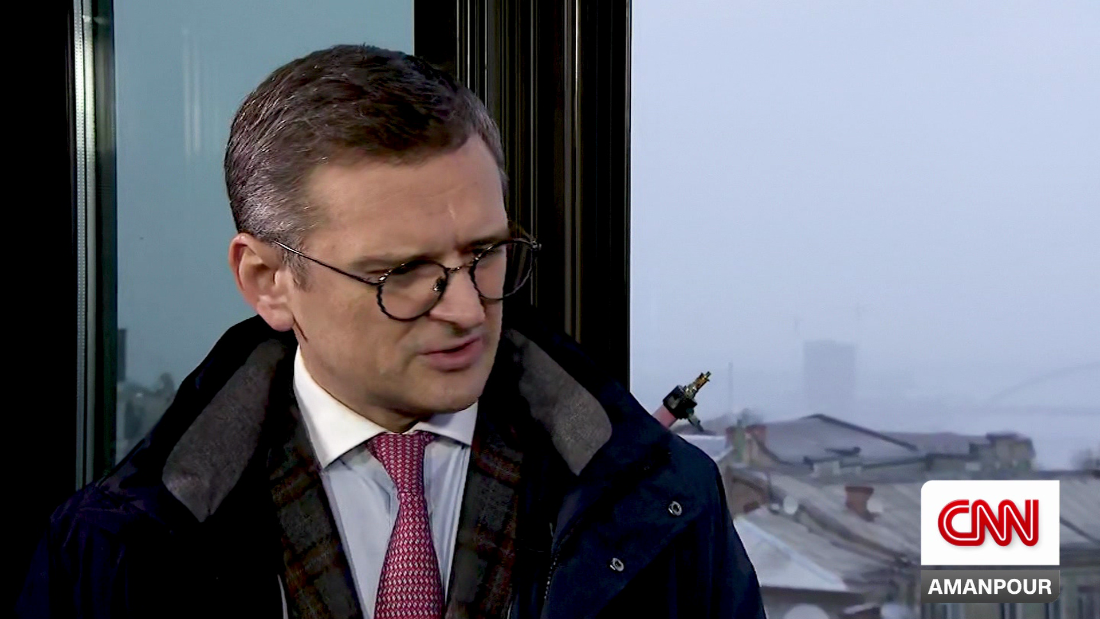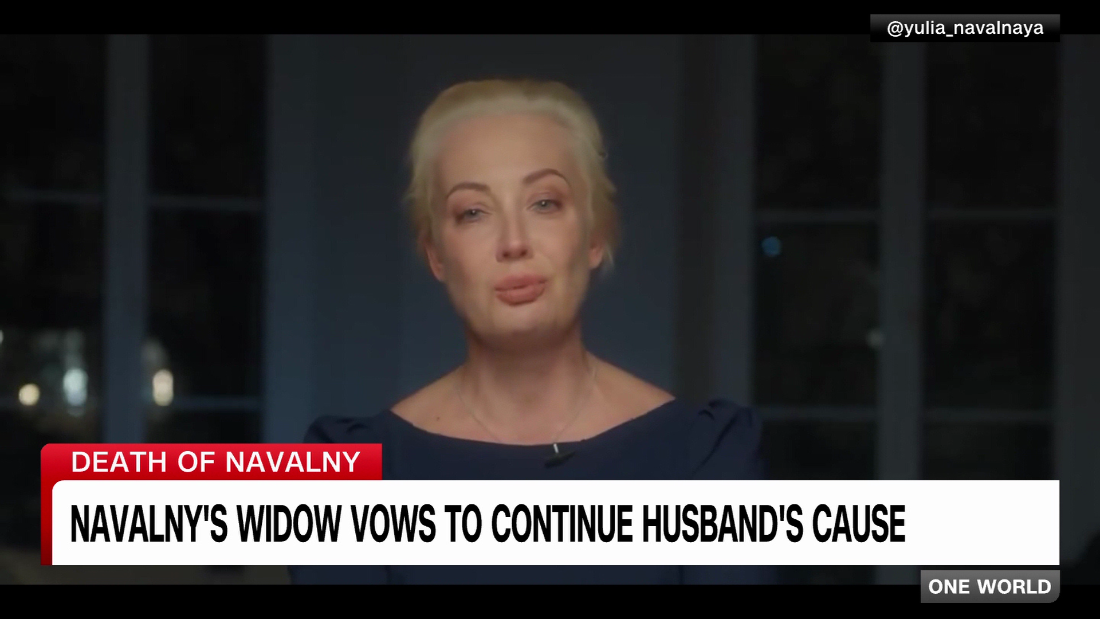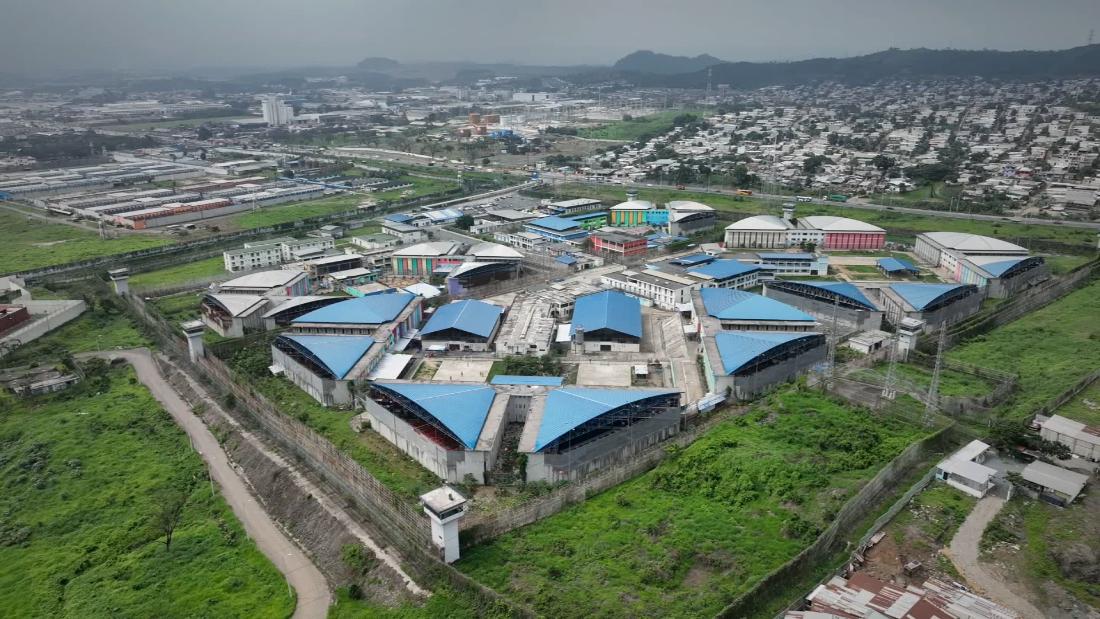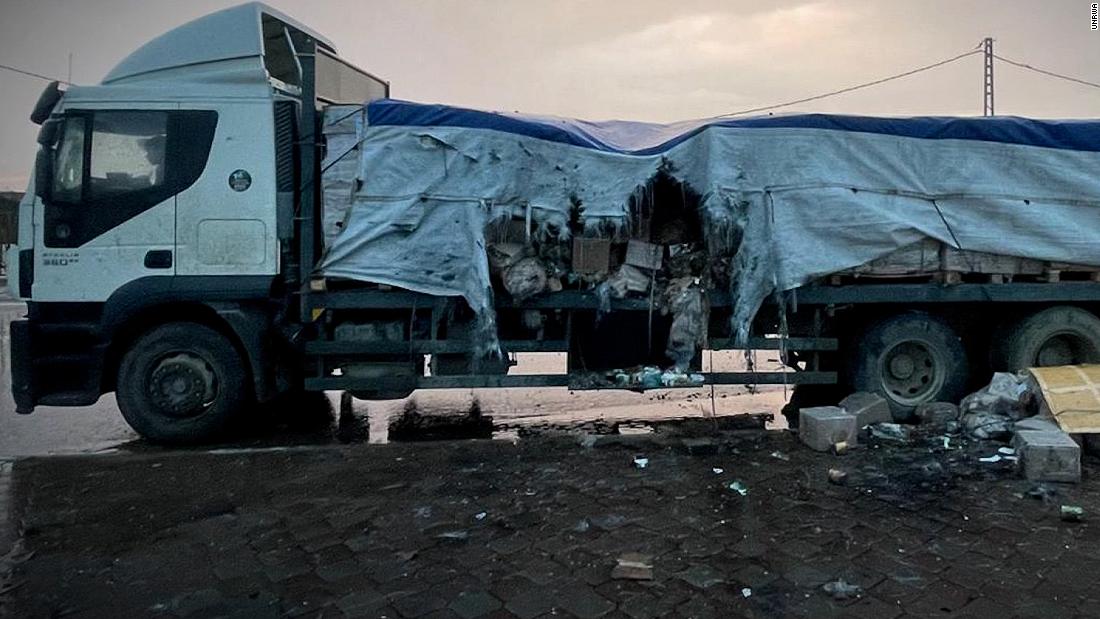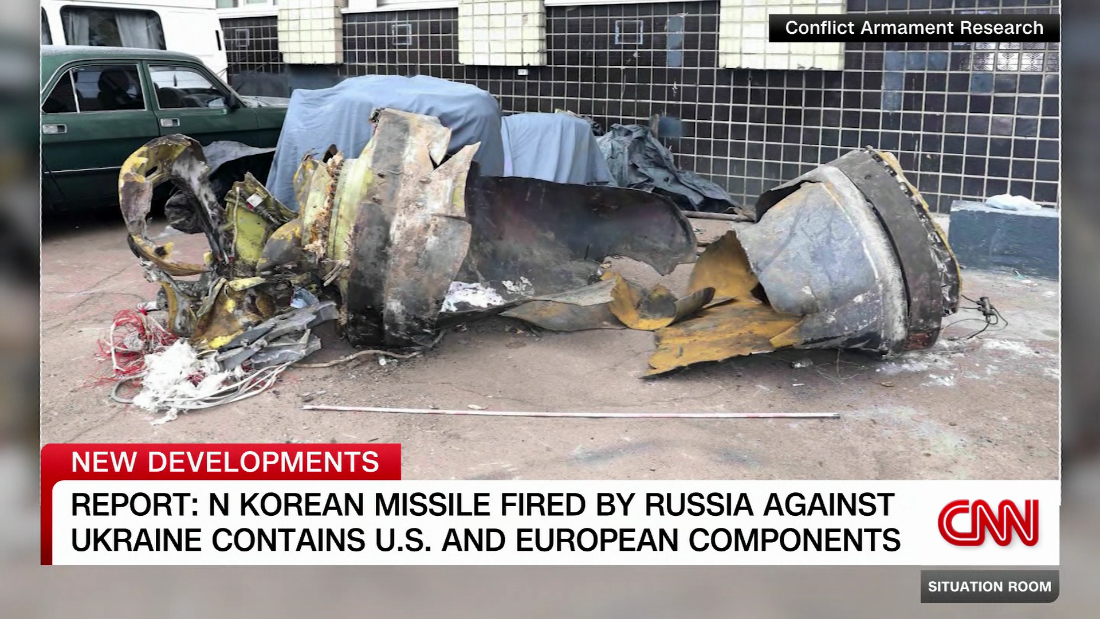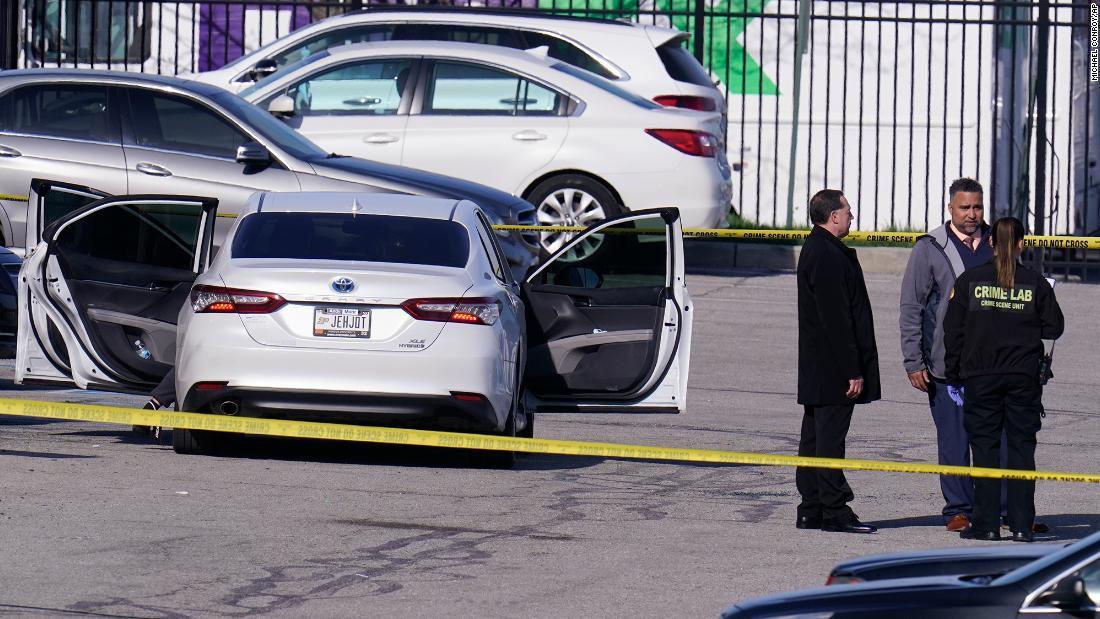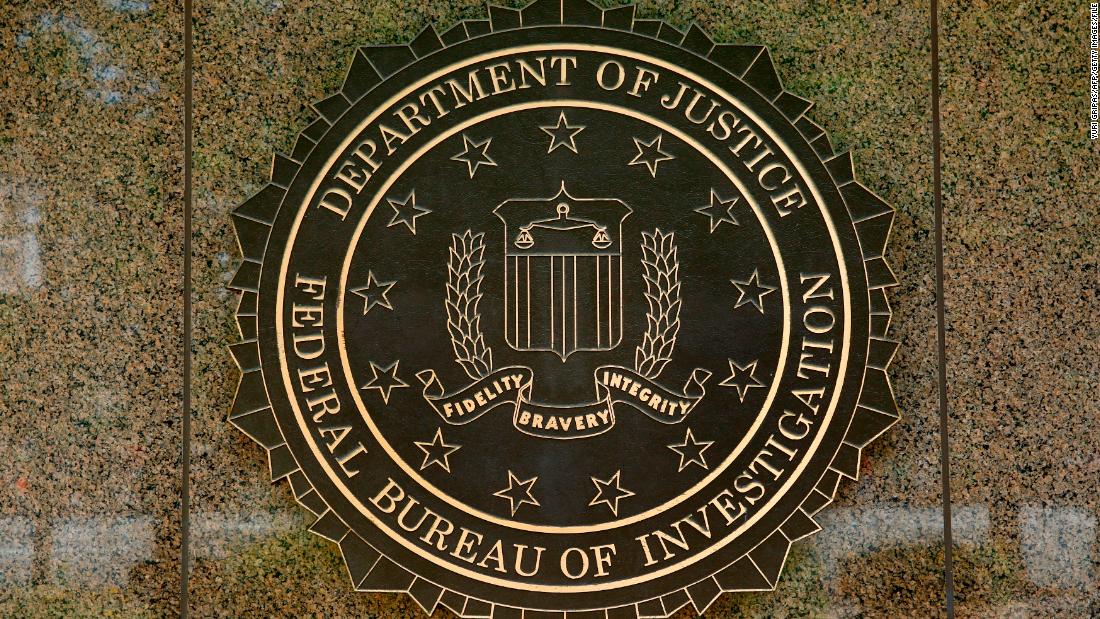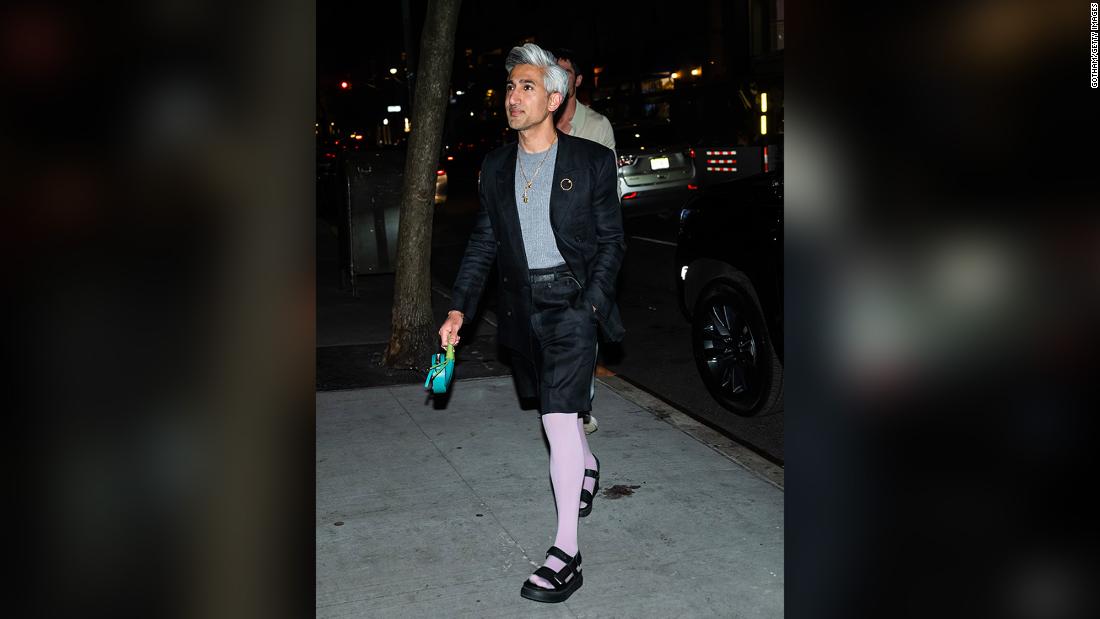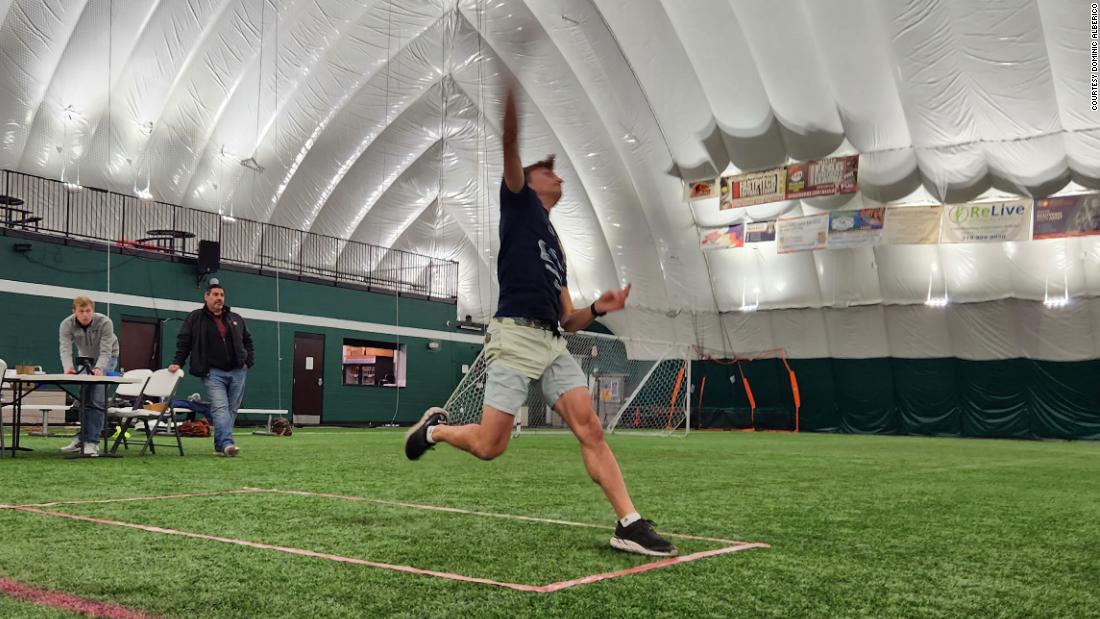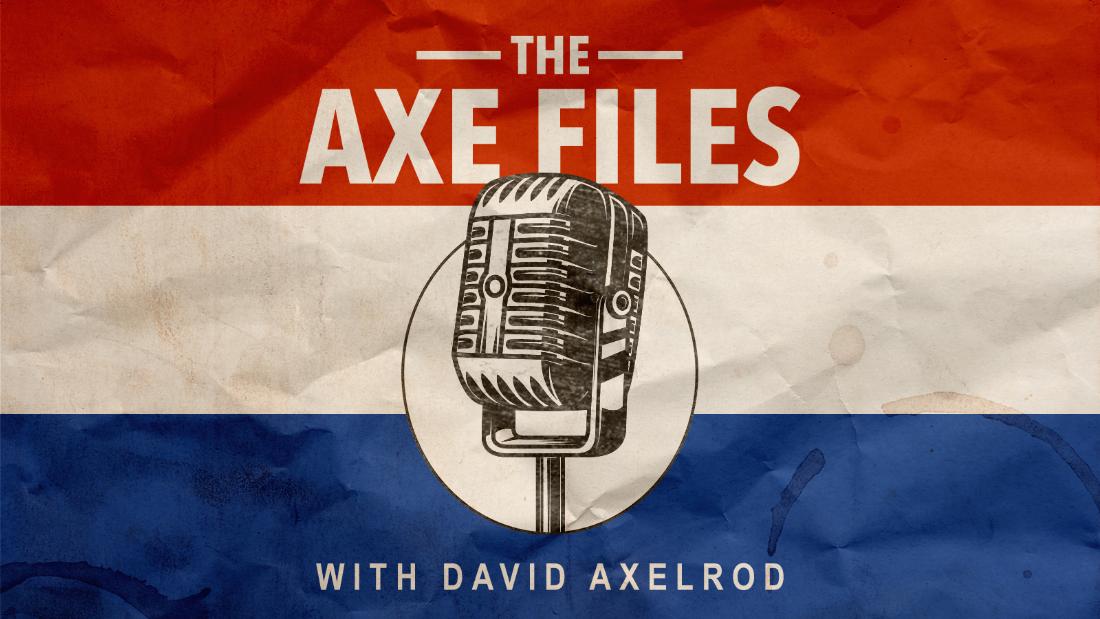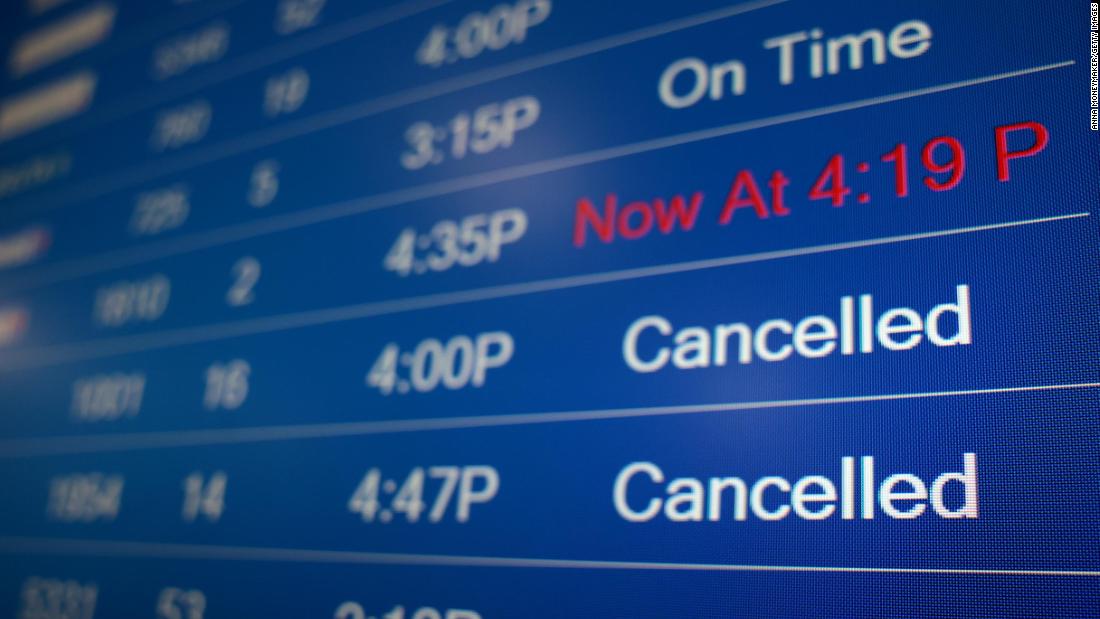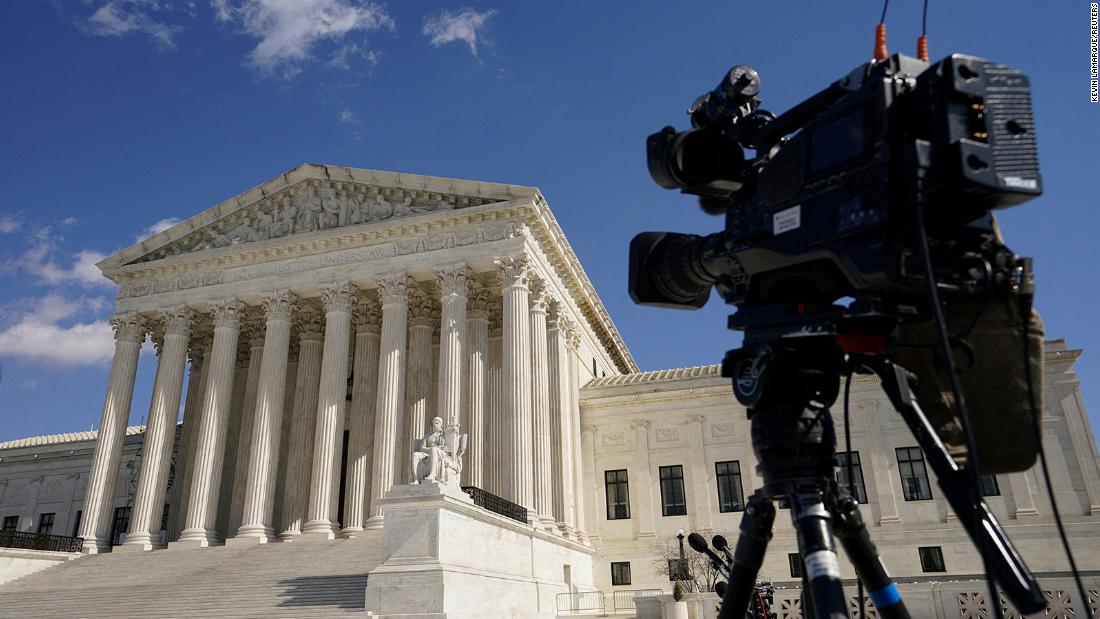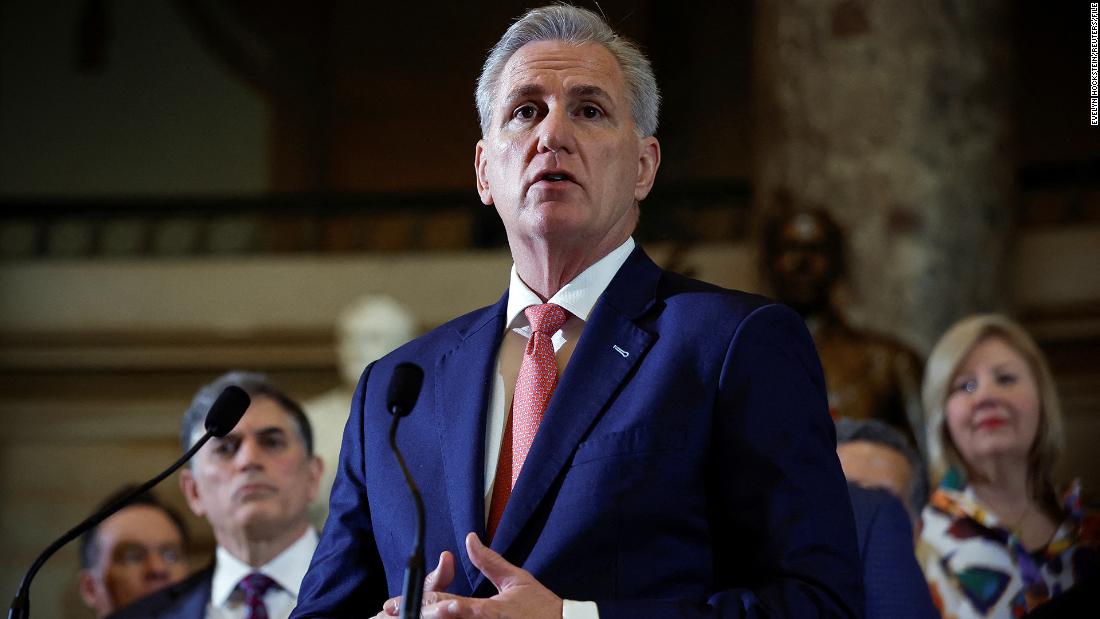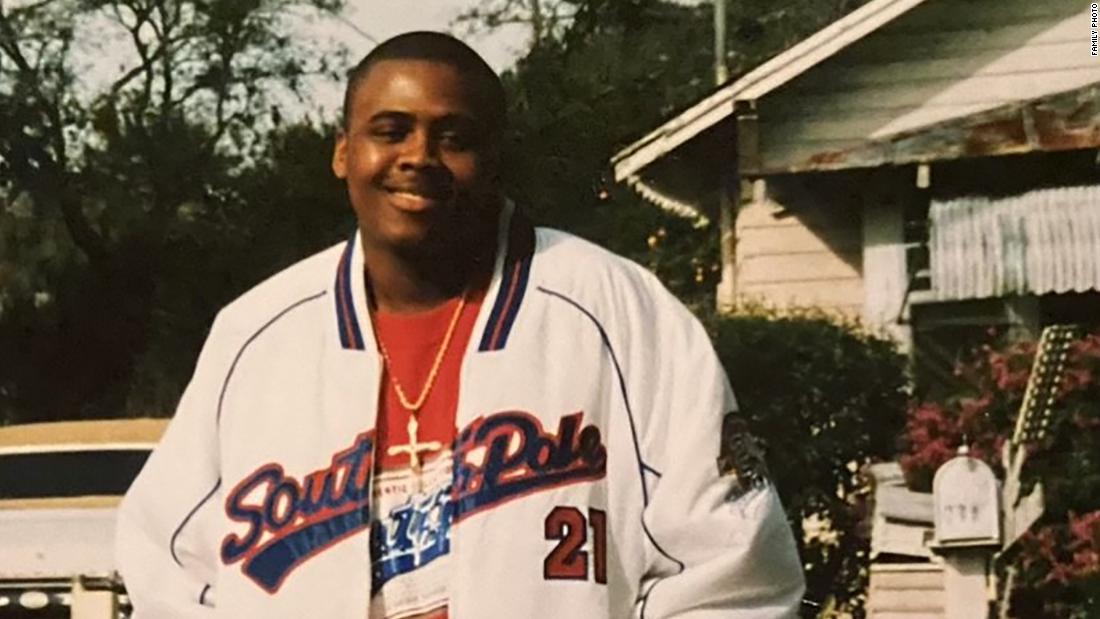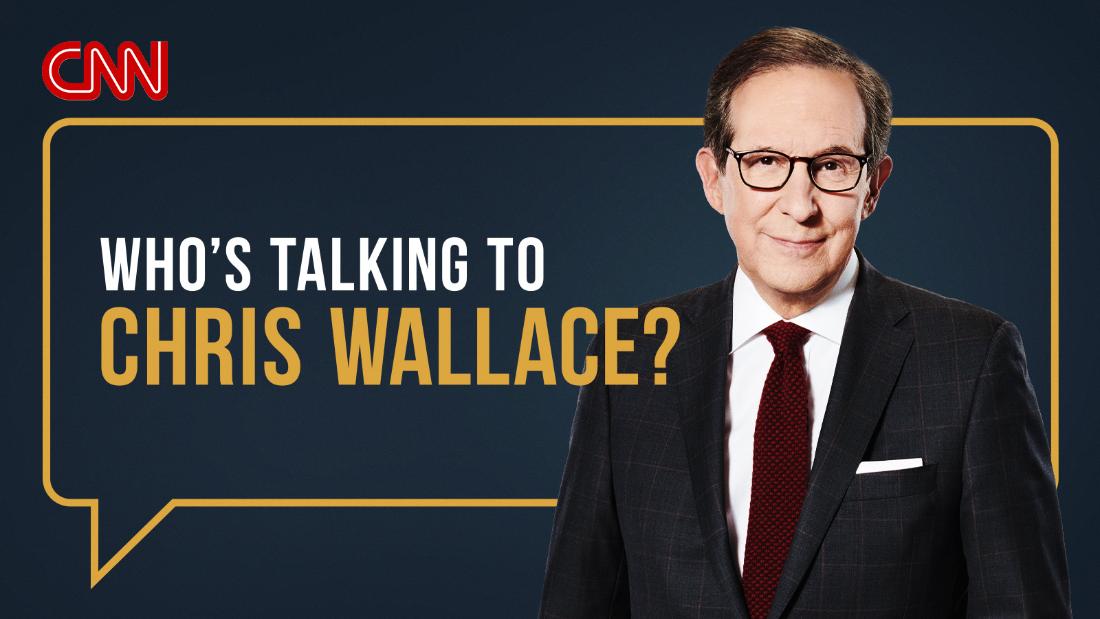DROPPING her six-month-old baby off at the daycare centre on the ground floor of the Alfred P. Murrah Federal Building in Oklahoma, Renee Moore made her way to the county courthouse where she worked as a judges’ bailiff.
But shortly after she arrived, at 9.02am on April 19 1995, a huge explosion rocked the city.
APThe Federal Building in Oklahoma City bombed by Timothy McVeigh[/caption]
AFPRescue workers search for survivors of the Oklahoma bombing[/caption]
Renee Moore’s baby son died in the rubbleNetflix
“We were in court and you could feel it,” she says. “Ceiling tiles fell down and windows shattered.
“People were shouting, ‘Get out!’ It was chaotic. Outside I heard a policeman tell someone in the crowd, ‘The explosion happened at the Murrah Building.’ And I started screaming, ‘No! No!’
“I kept trying to get into the building but they wouldn’t let us through.
“I remember screaming at a police officer, ‘I’ve got to get to my son. He’s at daycare.’ And, he replied, ‘All the children are being taken to the hospital.’”
What faced Renee was an apocalyptic scene as the front third of the building had been completely blown away.
Told to wait in a nearby church for news, she adds: “All the families were there. Everybody who had somebody in the building.
“I remember that first night, it got really cold and it started raining and I was like, ‘Lord, please don’t let my baby be in that building cold and hungry.’ It hurt. It was the worst night ever.”
As rescue teams battled terrible conditions, looking for life, some, like Amy Downs, were buried alive, praying they would be found.
She had been happily chatting to her friends where they worked in the Credit Union in the building. The next moment she found herself under ten feet of rubble – upside down in her chair.
“My body was numb and I couldn’t move,” she recalls. “It was hot and dark and I couldn’t see anything. When I would breathe in, it would burn.
“I thought maybe I was dead but then I heard a siren going off in the distance and I realised I was buried alive.
“I was screaming for help but I didn’t hear anything. It was a sickening, terrible feeling. I was just alone.”
Home grown terror
The Oklahoma bombing is the worst domestic terror attack ever committed in the United States, claiming the lives of 168 people, including 19 children.
Marking the 30th anniversary, the harrowing story is told in the Netflix documentary, Oklahoma City Bombing: American Terror, which is out today.
Coming on the heels of the World Trade Center bombing in New York two years earlier, the media and many Americans assumed the attack was the handiwork of Middle Eastern terrorists.
Then a possible connection was made to the Waco Siege that occurred on the exact same day in 1993, where the FBI raided a compound belonging to a religious cult which was stockpiling illegal arms.
He has taken the easy road out. We have to live with this. He doesn’t
Renee Moore
When they refused to come out the cops used tear gas, which caused a fire killing 76 people, including 22 children.
It sparked protests across the country about the right to have guns and some extreme right wing groups threatened reprisal.
Could whoever was behind the terror attack on the nine-storey building, which housed 14 federal agencies – including the Drug Enforcement Administration, the ATF (Bureau of Alcohol, Tobacco, Firearms and Explosives), social security and recruiting offices for the Army and Marine Corps – be closer to home?
AP:Associated PressAn injured woman holds an child following the blast[/caption]
AFPHillary and Bill Clinton at a prayer service for the families of the victims[/caption]
GettyTimothy McVeigh was given the death penalty[/caption]
Life or death decisions
Carl Spengler, a resident emergency doctor, was the first physician on the scene and directed early triage efforts.
He has had to live with a heart-wrenching decision he had to make ever since.
“People coming out of the building were walking like zombies and collapsing. They were in shock. There were so many people to see that I only had five, ten, fifteen seconds to test somebody,” he says.
“I was just looking for signs of life and then I would say which ones should be taken to hospital first, which could wait a few minutes and those who were not going to make it.
“I saw only one child come out with any sign of life and right behind her was an older lady who was brought out on a gurney.
The men shouted, ‘There’s another bomb’
Amy Downs
“Both were just about breathing but the child had catastrophic head injuries and so I got them to wrap her up, move her over to the temporary morgue we had and got somebody to stay with the child until she stopped breathing.
“A lot of people didn’t take that well. I turned around, the mother was behind me. She was lost. She just waved when they took her child away and walked off.”
At 10.20am, Highway Patrol officer Charlie Hanger pulled over a car with no licence plate in Perry, Oklahoma, and told the driver, Timothy McVeigh, who was tall and slender with a military style haircut, to get out.
He turned out to be carrying a loaded weapon and was arrested.
Pulled from ‘hell’
APThe shocking blast remains the US’ worst act of domestic terrorism[/caption]
NETFLIXSketches of two of the bombing suspects[/caption]
Meanwhile, Amy’s salvation was close at hand.
She recalls: “I heard men’s voices and I started screaming and someone yelled, ‘We’ve got a live one. We need back-up.’ And then he said, ‘We can’t see you. We have to follow the sound of your voice. Keep talking to us.’
“I could hear they were getting closer. My right hand was sticking outside of the rubble pile and I had the sensation that someone had brushed it and I said, ‘I think you just touched my hand.’ I then felt him grab it and I thought that I would soon be pulled out.”
But then all hell broke loose as what looked like a second bomb was found amongst the debris and everyone had to evacuate.
“The men shouted, ‘There’s another bomb!’ and, realising what was happening, I just started telling them my name and said, ‘Tell my family I love them.’
“They were leaving me buried alive. I began to think about my life and relationships and doing something to help others. I’d never been a mum.
I was just looking for signs of life and then I would say which ones should be taken to hospital first, which could wait a few minutes and those who were not going to make it
Carl Spengler
“All of a sudden, it was just so clear that I didn’t live a life true to myself. Now that I’m getting ready to die, I’m thinking about it and realising I don’t want to live it this way, I want to live it differently, but it’s too late now.”
The second ‘bomb’ turned out to be a fake rocket used for a training operation by the ATF. The rescue team returned to try to get Amy out.
She continues: “As they started to uncover me, they told me I was still in my chair, upside down.
“When they pulled me out, everything hurt. Every nerve came alive but that didn’t matter. They took me out the back of the Federal building and I couldn’t believe what I was seeing.
“I didn’t know what my injuries were, I didn’t know about my friends, but I’ll never forget looking up at the sky and taking this breath of fresh air and promising God I would never live my life the same.”
Terror plotters
It was established that the bomber had parked a truck in a drop-off zone outside the daycare centre, full of explosives that was then detonated.
The vehicle was traced to a rental agency in Junction City, Kansas and three staff described the renter, Robert Kling, as white and looking like he had been in the military.
A sketch artist created an impression and the owner of the Dreamland Hotel, in Kansas, told police that it looked like the man who had booked in on April 14 and checked out four days later, and who drove a Ryder truck.
She showed them the name on his room registration – Tim McVeigh.
A search showed he had made a phone call from the hotel on the Saturday night to a local restaurant where an order was placed by Robert Kling – the name used to rent the truck.
Two days after the bombing, the FBI officers were startled to learn that McVeigh had been arrested for the traffic and weapon offence in Perry, and were told that he was standing in front of the judge and set to be released within 45 minutes. The race was on.
How Oklahoma bombing sped up the death penalty
IN the immediate aftermath of the Oklahoma bombing in 1995 the then President Bill Clinton promised justice will be “swift, certain and severe”.
But speedy punishment in the United States was not so easy because convicted criminals had repeated opportunities to appeal to the courts.
Clinton, a Democrat, was determined to not let the man behind the worst domestic terror act on US soil use the law to avoid the death penalty.
He said: “It should not take eight or nine years and three trips to the Supreme Court to finalise whether a person, in fact, was properly convicted or not.”
There certainly didn’t seem to be much doubt about Timothy McVeigh’s guilt.
The right-wing anti-government terrorist had confessed to carrying out the attack on the Alfred P. Murrah Federal Building in Oklahoma and described the deaths of the children in the creche as “collateral damage.”
What’s more he showed no remorse for the 168 dead, telling the authors of a book about the bombing: “I understand what they felt in Oklahoma City. I have no sympathy for them.”
Republicans agreed that the path to the death penalty should be sped up in the wake of McVeigh’s horrific crimes.
So it took just one year to pass the Antiterrorism and Effective Death Penalty Act of 1996, which limited the number of potential appeals.
The following year, on June 13, 1997, a jury recommended that Timothy McVeigh be sentenced to death.
His post-conviction challenges were rejected by the courts, including the United States Supreme Court.
Before McVeigh, 33, was executed by lethal injection on June 11 2001, in Terre Haute, Indiana, he stayed silent and issued no form of apology.
After a helicopter dash, he was arrested at the court house.
The FBI learnt that McVeigh was close to two former army buddies – Terry Nichols and Michael Fortier.
All three were very anti-government.
At Nichols’ home there was a lot of evidence of bomb construction, including a large amount of nitrate ammonium.
A pre-paid phone card found there helped police trace the bombers’ movements, including where they stopped to buy the components.
Fortier was charged with having prior knowledge about the bombing and agreed to testify against McVeigh and Nichols in the hope of getting a lighter sentence.
AP:Associated Press168 people including 19 children lost their lives[/caption]
Civil war
Interviewed in prison by The Buffalo News, McVeigh said he was bullied when he was younger for being skinny and as he got older became fascinated by guns and joined the army where he served in the first Gulf War.
After leaving, he felt lost and became increasingly associated with anti-government, right-wing movements who believed that their rights for having guns were being gradually taken away.
After Waco he felt a sense of purpose and told his interviewer that he had no personal gain from the bombing but wanted to spark a revolution.
“This was something I saw as a larger good,” he said. “Waco started this war. Hopefully, Oklahoma would end it.”
Waco started this war. Hopefully, Oklahoma would end it
Timothy McVeigh
But things could not be more personal for Renee.
“I remember the day it was announced that they we were able to get to the area where the babies’ bodies were,” she says. “We were so overjoyed that they would find them. Not that he was alive, but they found him.
“After that, at night, I would drive down to the prison where he (McVeigh) was and just sit out there in the dark, wondering how I could get in so I could hurt him.”
On June 2, 1997, McVeigh was found guilty and sentenced to death. He was executed by lethal injection on 11 June 2001.
Nichols was convicted of murder and is serving a life sentence. Fortier spent ten years in prison and now lives with his wife in the Federal Witness Protection Program.
“I didn’t want [McVeigh] to die when they decided to execute him,” says Renee. “I wanted to protest. It’s not right. It’s not fair. He has taken the easy road out. We have to live with this. He doesn’t.”
Amy Downs is now the CEO of the Credit Union she worked for in 1995. She is also a motivational speaker, a triathlete and a mum.
Oklahoma City Bombing: American Terror is out on Netflix today
APMedical assistants Janet Froehlich, Wilma Jackson and Kerri Albright run from the Alfred P. Murrah Federal Building after being told another bomb had been found[/caption]
©Netflix 2025A&E doctor Carl Spengler had to choose who was treated[/caption]
netflixGulf War veteran McVeigh was obsessed with guns[/caption] Published: [#item_custom_pubDate]













